Finally, after trips to the Czech Republic and Italy, my wife agreed to visit Turkey.
Arriving in Turkey I was filled with mixed emotions. Gone was the apartment I rented in Yesikoy – it was now part of the expanded airport. Gone were the old French Citroen taxis that use to transport me mentally into the movie Casablanca. The streets were filled with newer cars, gone were the mustaches on men, now more women wearing burkas could be seen in the big city. Gone were the pictures of John F. Kennedy hanging beside a picture of Kemal Ataturk that adorned almost every house and business. But the old streets and hospitality were still there. Turkey was our most enjoyable trip abroad and to my surprise my wife Barb said she would not mind living there. Our only regret was that we did not spend enough time in Istanbul, not just Istanbul but Turkey. We missed visiting inside the Spice Bazaar, Topkapi Palace, dining at one of the top restaurants in the world, Beyti’s, just outside Istanbul in a town called Konya. We plan on visiting again and to include visiting the fashion district, and trips to Pamukale (cotton cliffs), the Turquoise coast and Canakale.
This web site is a great guide to the 1st time visitor to Istanbul http://videosofturkey.com/category.asp?id=2
Istanbul is a contrast of old and new.
The old streets
New streets
THE NEW AIRPORT NEAR THE BLACK SEA
THE OLD CITY
Sights from the Old City where the Byzantine and Ottoman Empires were ruled. (Places worth seeing : St.Sophia, one of the greatest marvels of architecture constructed as a basilica in 536 by Emperor Justinian ; Blue Mosque, facing St. Sophia, famous with its more than 20.000 blue Iznik tiles and unique with its 6 minarets, Hippodrome, the scene of Byzantine chariot races, athletic events, victory celebrations, and political activities – with the Obelisk from Egypt, Serpentine Column from Delphi, the Fountain of Wilhelm II and the Colossus; the marvelous Underground Cistern; Topkapi Palace built in 1468 by Mehmet the Conqueror, the imperial residence of Ottoman sultans housing the souvenirs of 600 years and exhibiting imperial treasury, Chinese porcelains, weapons, calligraphy section, etc.; Grand Covered Bazaar the most attractive shopping center in the world with nearly 4000 shops.
HAGHIA SOPHIA
HAGHIA SOPHIA- The first church to be built on this spot, dedicated to the Divine Wisdom, was officialy opened on February 15, 360 during the reign of Constantius, son of Constantine the Great. It was destroyed during the riots protesting the exile of the Patriarch John Chrysostome by Empress Eudoxia, wife of the Emperor Arcadius in 404. Reconstruction work was taken up by Theodosius II, Son of Arcadius in 408 and it was completed and dedicated in October 10, 415 to be again gutted by flames during the Nika Revolt in 532. Justinian immediately set out to build the church on a greater scale and commisioned the task to Anthemius of Traelles and Isidorus of Miletus, the two greatest architects of the age. The construction work was finished late in 538 and it was dedicated on December 26, Saint Stephen’s day of the same year. Sultan Mehmet the Conquerer, on the very same day he entered the city, May 29, 1453, converted it into a mosque and served as such for nearly five centuries. In 1935, by the will of the Founder of the Turkish Republic, Ataturk, it was declared a National Museum.
Hagia Sophia
Hagia Sophia is a great architectural beauty and an important monument both for Byzantine and for Ottoman Empires,
BLUE MOSQUE
The Blue Mosque in Istanbul was built by Sultan Ahmet I to eclipse the grandeur of the Christian church of Haghia Sophia across the way, and grand it most certainly is . uring the years of its construction from 1606-1613, the Iznik tile producers were kept extremely busy creating 999 shades for 20,000 blue tiles with which to decorate its interior and nearly 300 stained glass windows were made to allow natural light to percolate through to the rug-filled floor below.
Sultan Ahmet died aged 27, just a year after the mosque was completed. His youth did not make him humble for he ordered that six minarets should adorn the Blue Mosque domes. This caused quite a stir in Mecca for until this date only Mecca’s Kaba Mosque was considered holy enough to have six minarets. Despite the outraged response he generated, Sultan Ahmet refused to reduce the number and was finally prevailed upon to send craftsmen to build another minaret onto the Kaba Mosque instead. To this day, the Kaba boasts a unique seven minarets.
Highlights of any visit to the Blue Mosque include the mesmerising view of the thousands of tiles and appreciating the fine carving and inlay work of the doors and windows. Have a good look too at the carved stone of the mihrab and mimber. Tourist access to the centre of the mosque is restricted: this is still a very religious and holy place which fills several times a day with the praying faithful, especially on a Friday. Remember to wear long sleeves and a long skirt or trousers, or you’ll be given a particularly tasteful sarong to wear by the kindly Imam!
There are so many mosques which demand a visit in Istanbul and it would be a great shame to call it a day after just seeing this one. A smaller scale version of the Blue Mosque, more intimate and perhaps even more beautiful, is the Rustem Pasha Mosque, and if you want to see the most famous architectural gem of all, then spare the time to visit the Suleymaniye Mosque too.
Text Source : http://travelmax.statravel.co.uk
DOLMABAHÇE PALACE
|
||
From http://english.istanbul.gov.tr/Default.aspx?pid=356
COVERED (GRAND) BAZAAR
The Grand Bazaar (Turkish: Kapalıçarşı, meaning ‘Covered Bazaar’; also Büyük Çarşı, meaning ‘Grand Bazaar’) in Istanbul is one of the largest and oldest covered markets in the world, with 61 covered streets and over 3,000 shops which attract between 250,000 and 400,000 visitors daily.
The construction of the future Grand Bazaar’s core started during the winter of 1455/56, shortly after the Ottoman conquest of Constantinople. A history of the Grand Bazaar can be found at http://en.wikipedia.org/wiki/Grand_Bazaar,_Istanbul
The oldest and largest covered bazaar in the world is situated in the heart of the city. One cannot appreciate this market without visiting it. It resembles a giant labyrinth with approximately sixty lanes and more than three thousand shops.
The bazaar consisted originally of two 15th century buildings with thick walls that were covered with a series of domes. In later centuries the streets around these buildings developed and were covered and new additions were made, turning it into a trading center. In the past each lane was reserved for a different profession and the handicrafts produced here were rigorously controlled.
Business ethics and traditions were strictly adhered to. All types of jewelry, fabrics, weaponry and antiques were sold by merchants whose expertise in the trade went back for generations. At the end of the last century the bazaar suffered an earthquake and several fires.
Although it was repaired according to its original plan, it lost its former characteristics and deteriorated. In the old days the tradesmen commanded so much respect and trust that people asked them to safeguard and to invest their money. Today the shops in many lanes have changed character. Trades such as quilt makers, slipper makers and fez makers only remain as street names now.
The so-called main street of the bazaar is lined with jewelry shops, and a side lane opening to this street is allocated to goldsmiths. Prices vary and bargaining is customary in these rather small shops.
Although the bazaar retains its former charm and allure, since the 1970’s the modern and large enterprises near the main entrance offer better shopping opportunities for the tourist groups visiting Istanbul. The covered bazaar is crowded and bustling the whole day. Shop owners insistently invite the visitors to their shops. In the large and comfortable shops at the entrance one can find examples of all the hand-made articles produced in Turkey. The handmade carpets and jewelry sold here are the finest examples of traditional Turkish art. Every item on sale carries its tag of authen-ticity and it can be shipped to anywhere in the world. Along with the carpets and jewelry, these shops offer a wide collection of high-quality Turkish silverware, copper and bronze souvenirs and decorative objects, ceramics, and onyx and leather goods.
GRAND BAZAR
GALATA BRIDGE – & FISH RESTAURANTS
I confess I was not a fish lover. However, upon eating fish in a restaurant under the Galata Bridge, I can honestly say it was one of the best meals I have ever eaten. It was indescribable. There are so many types fresh Mediterraneanfish available. In most fish (balik) restaurants you can pick out your own fish.\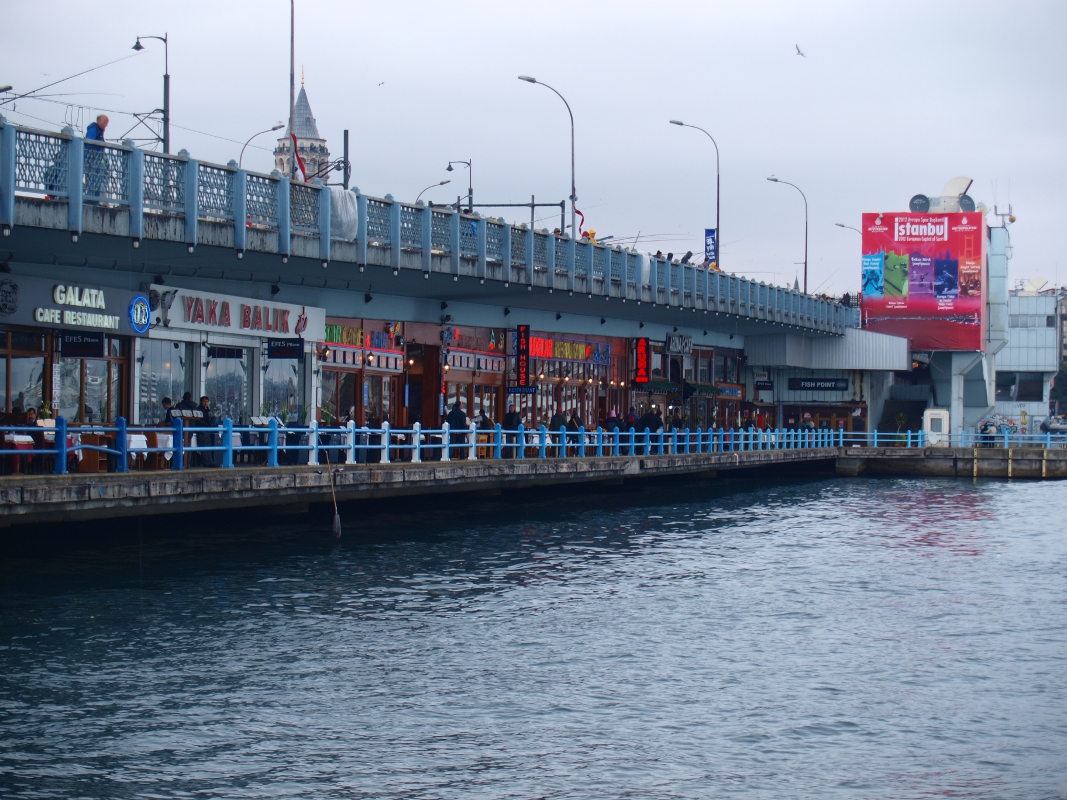
SPICE BAZAR
The SPICE BAZAAR is located near the Galata Bridge at the waterfront of the Golden Horn.
PIERRE LOTI PARK
The park offers an elevated view of the Golden Horn and the city surrounding it.
Pierre Loti is the pseudonym of French author Julien Viaud. On his first arrival in the Ottoman dominions as a naval officer (1876-1877), he fell in love with a young local girl called Aziyade. They met frequently in his house in Eyüp and he recorded his affair in a journal published under the title of Aziyade shortly after his departure from the country. According to legend, he wanted to marry his lover but was forbidden by her father .
Today, attractive parks and promenades line the shores, a picturesque scene especially as the sun goes down over the water. At Fener and Balat, neighbourhoods midway up the Golden Horn, there are entire streets filled with old wooden houses, churches, and synagogues dating from Byzantine and Ottoman times.
CRUISE THE BOSPHORUS – DAY & NIGHT
During our day cruise we enjoyed the beautiful weather and sights ranging from the boats, historical buildings, beautiful and luxurious homes and the bridge linking Europe and Asia.
Dolmabace Palace
Cirgan Palace
This bridge spans Europe on the left and Asia on the right
Our night cruise on the Bosphorus included dinner, folk dancing an invitation to join in the dancing and for dessert a traditional belly dance.
Dinner
The wedding dance.
During a night cruise on the Bosphorus we were treated to a folk wedding dance.
Dessert?
Barb even got into the act.
LESSER MENTIONED
SIMIT
Simit (Turkish bagel) is a circular bread typically encrusted with sesame seeds or the less usual poppy or sunflower, common in Turkey, Greece, Serbia, Bulgaria, Macedonia and other parts of the Balkans, and across the Middle East from Egypt to Lebanon and beyond. Simit’s size, crunch, chewiness, and other characteristics vary slightly by region. In the city of İzmir, simit is known as “gevrek,” although it is very similar to the Istanbul variety. Simits in Ankara, which is the capital of Turkey, are smaller and crisper than those of other cities. Simits in Turkey are made with molasses. I encourage you to purchase simit from a street vendor for an enjoyable snack.
AQUEDUCTS
Throughout Turkey you can see aqueducts built in Roman times to transport water to the populated areas. Water flowed by gravity in troughs on top of the aqueduct.
CARPETS
Hand woven Turkish carpets are still available. We visited a state run institution dedicated to keeping the hand woven tradition alive. There we saw silk thread being extracted (see China page for additional silk information) for the most expensive carpets. Turkish carpets can be distinguished by their double loop weaving.
LEATHER
Turkey is also known for its fine leather coats and jackets. Every tour we have taken, you stop at some commercial outlet that features a local product. In Czech Republic it was glassware, In China silk and Jade. In Turkey it was carpets and leather. In fact I was wearing a leather jacket made in Turkey but purchased in the USA. Barb got to model a coat for our tour group. Her coat had soft leather, thinner than a sheet of paper, on the outside.
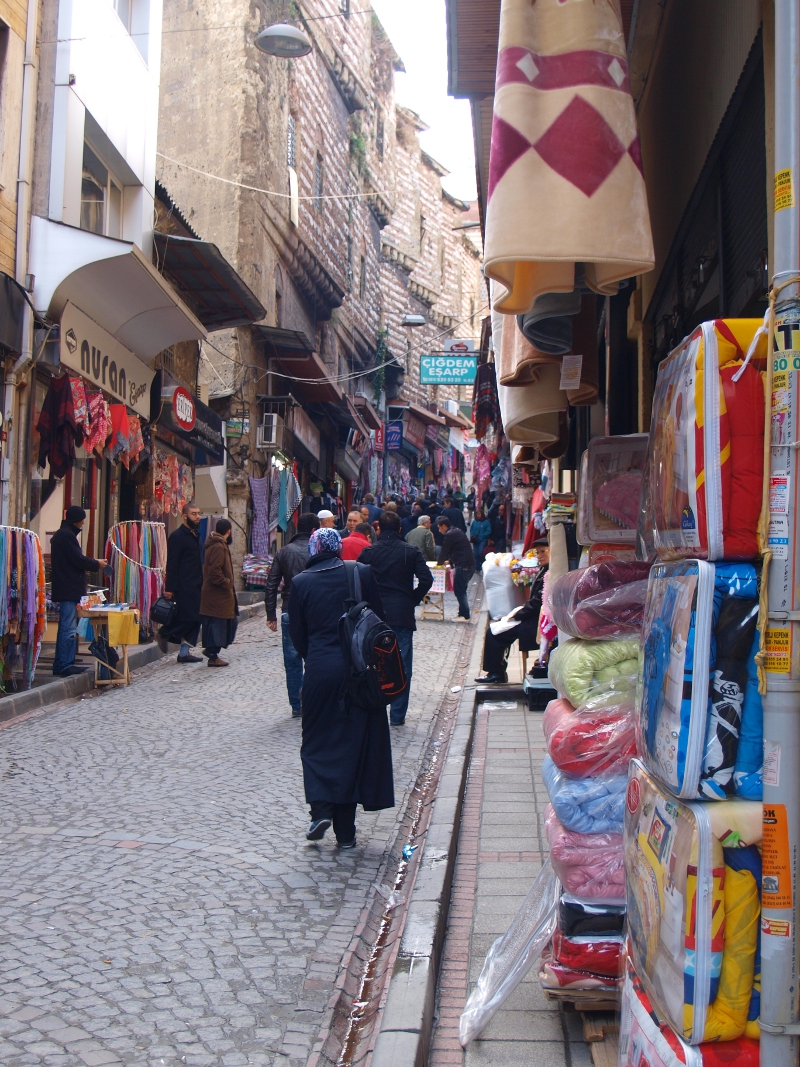
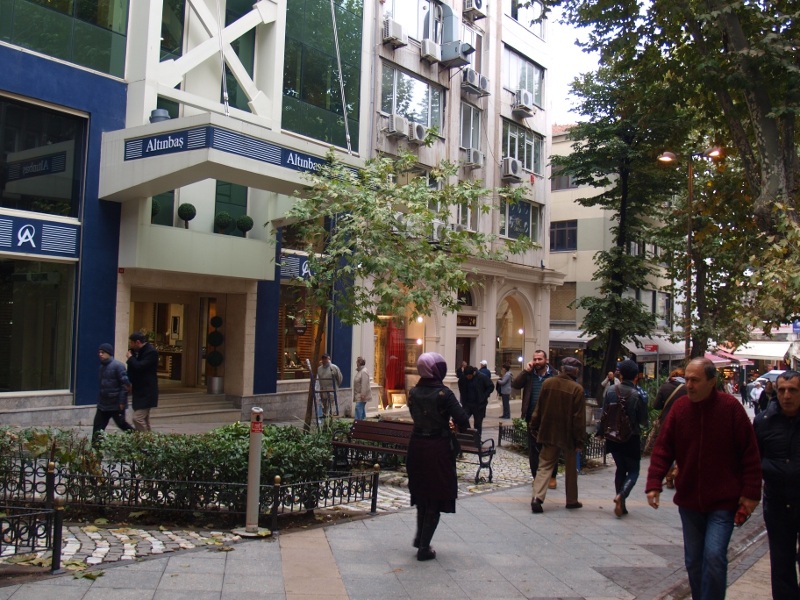
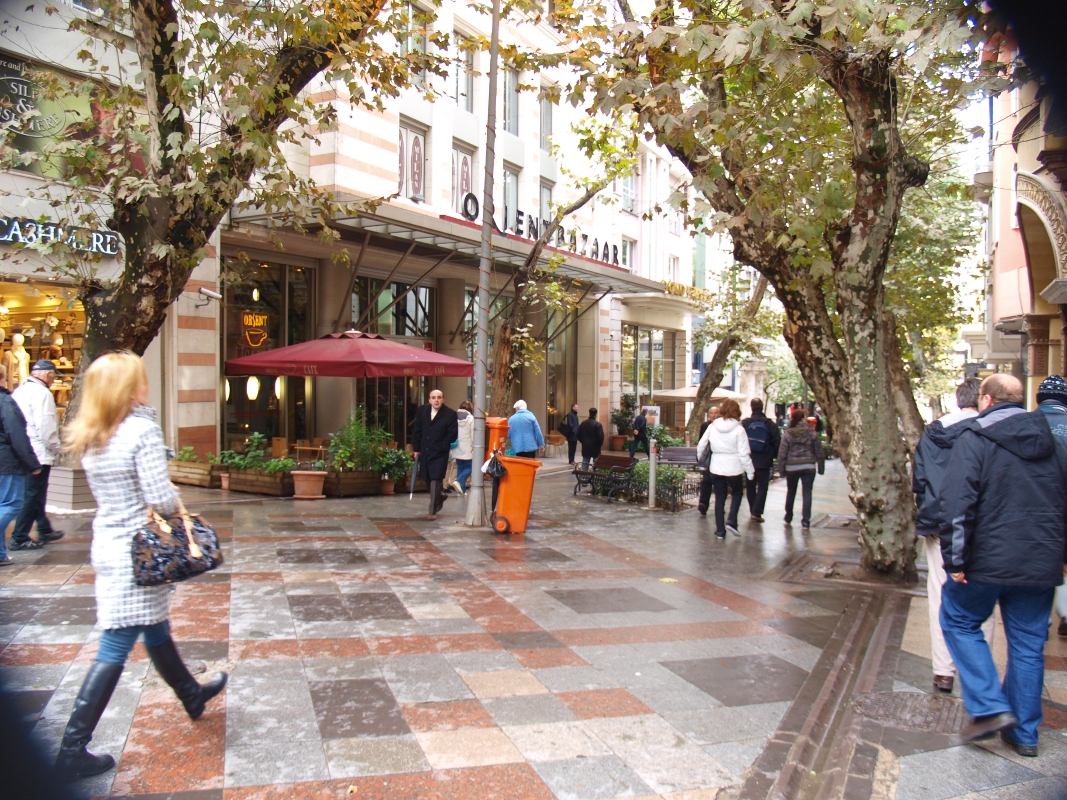
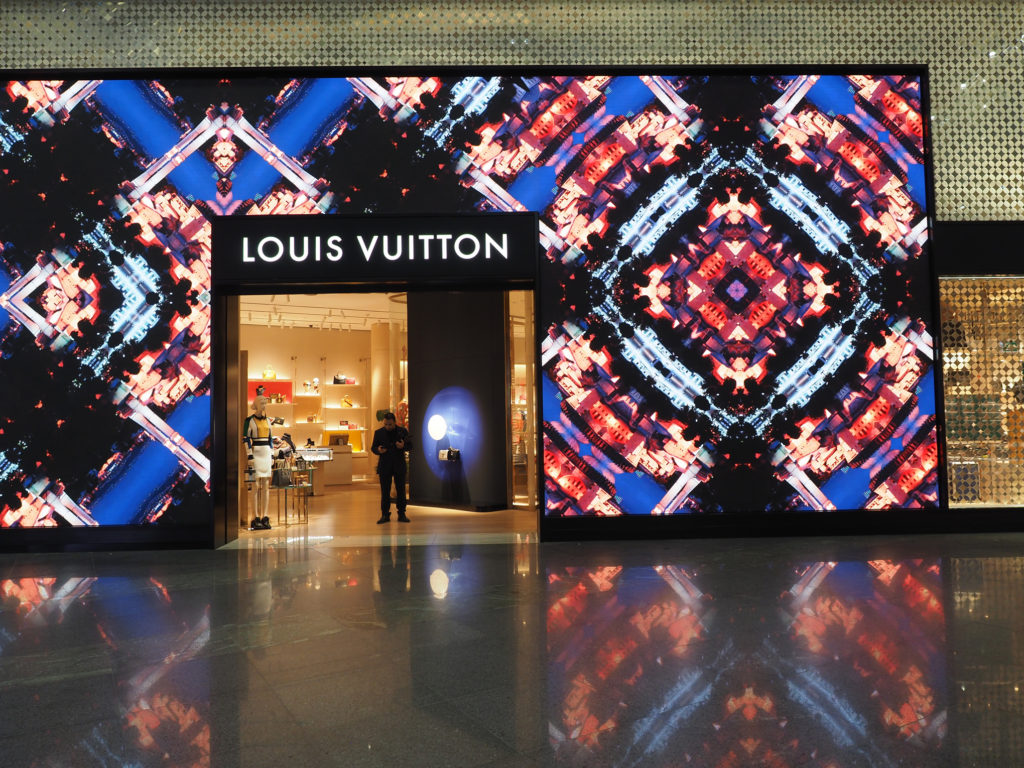
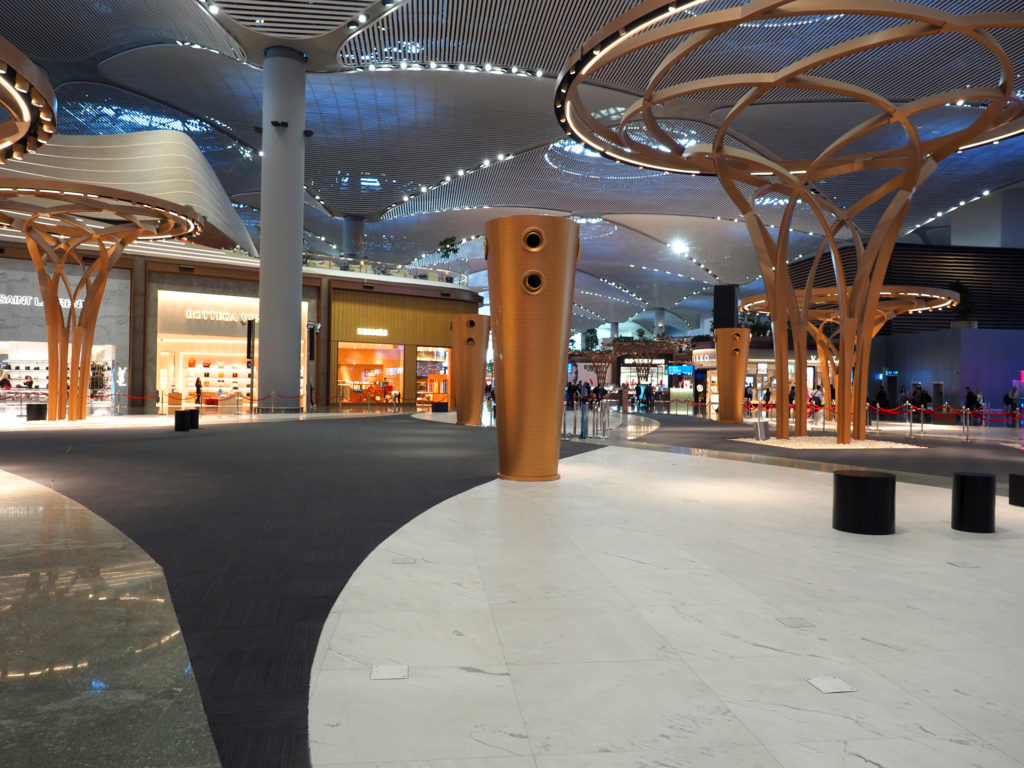
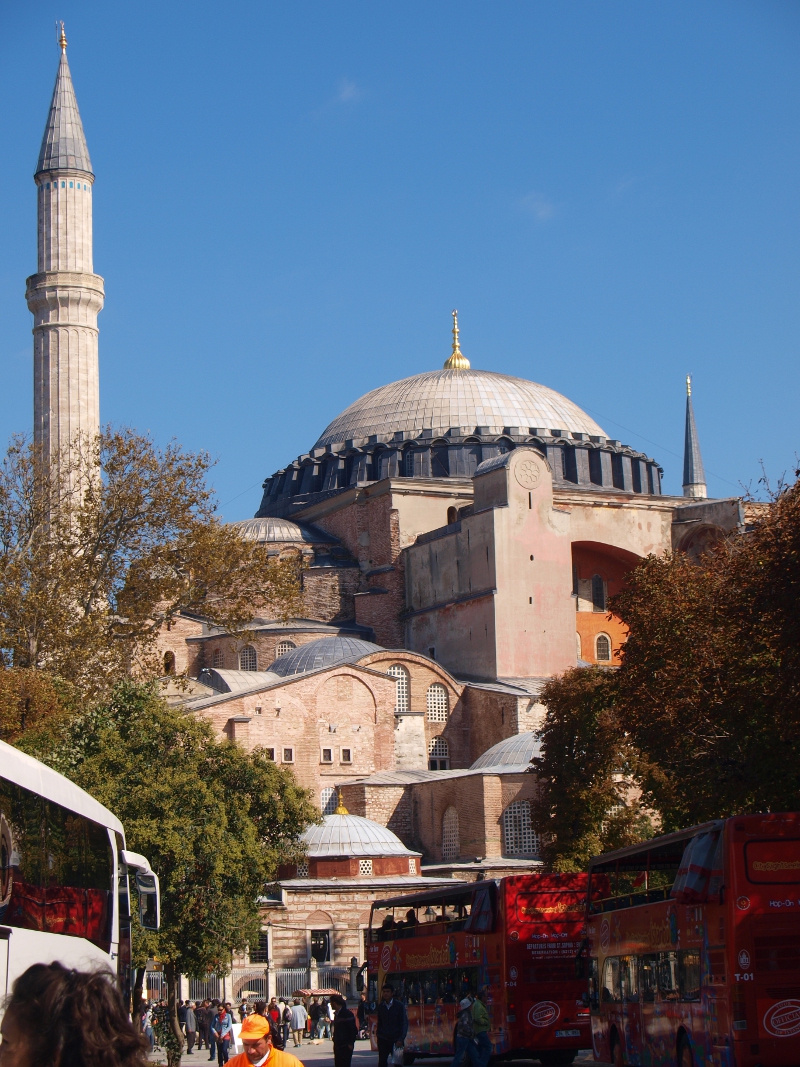
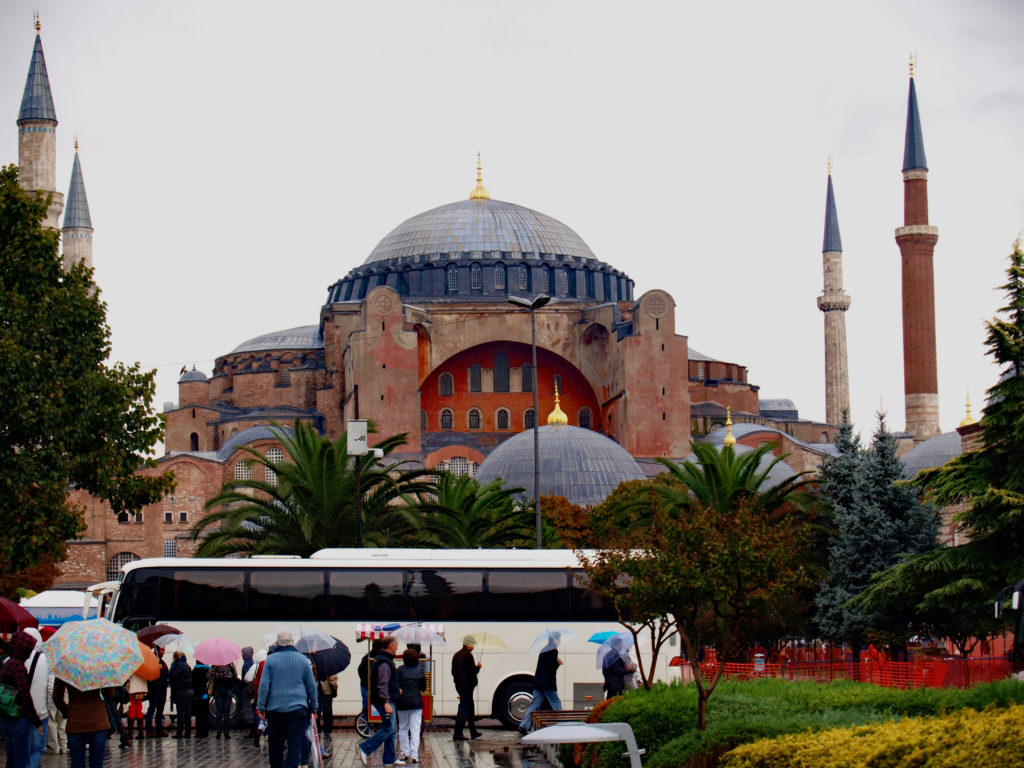
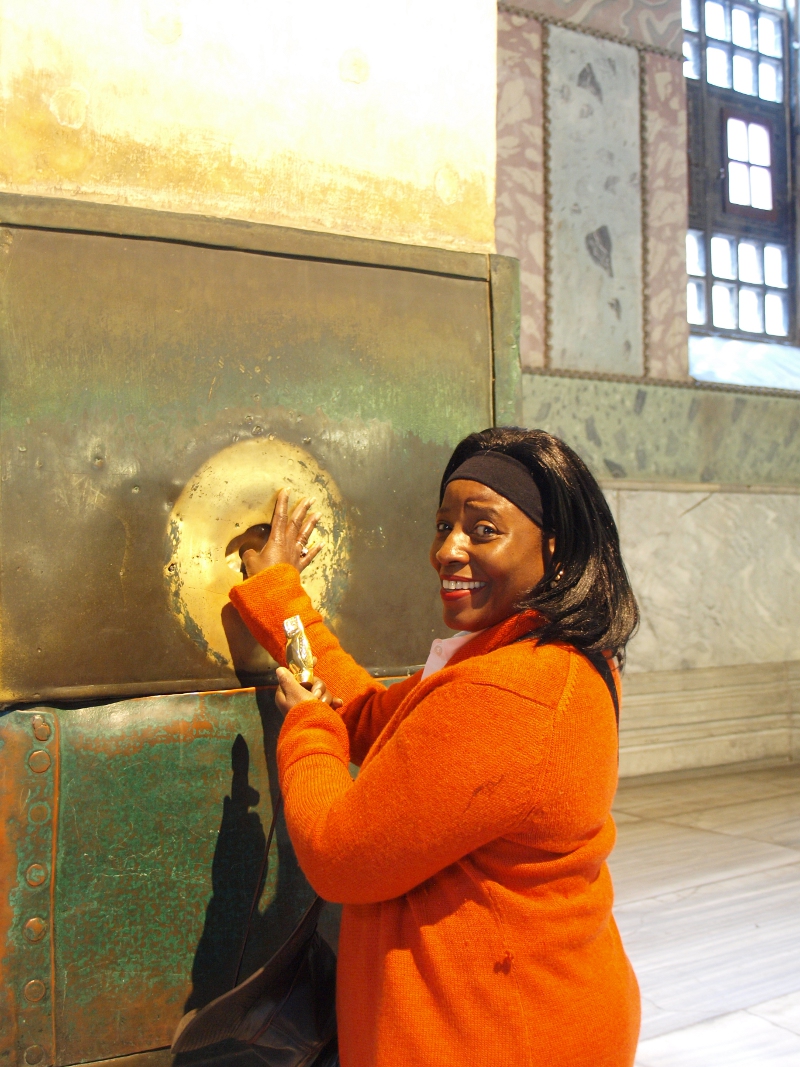
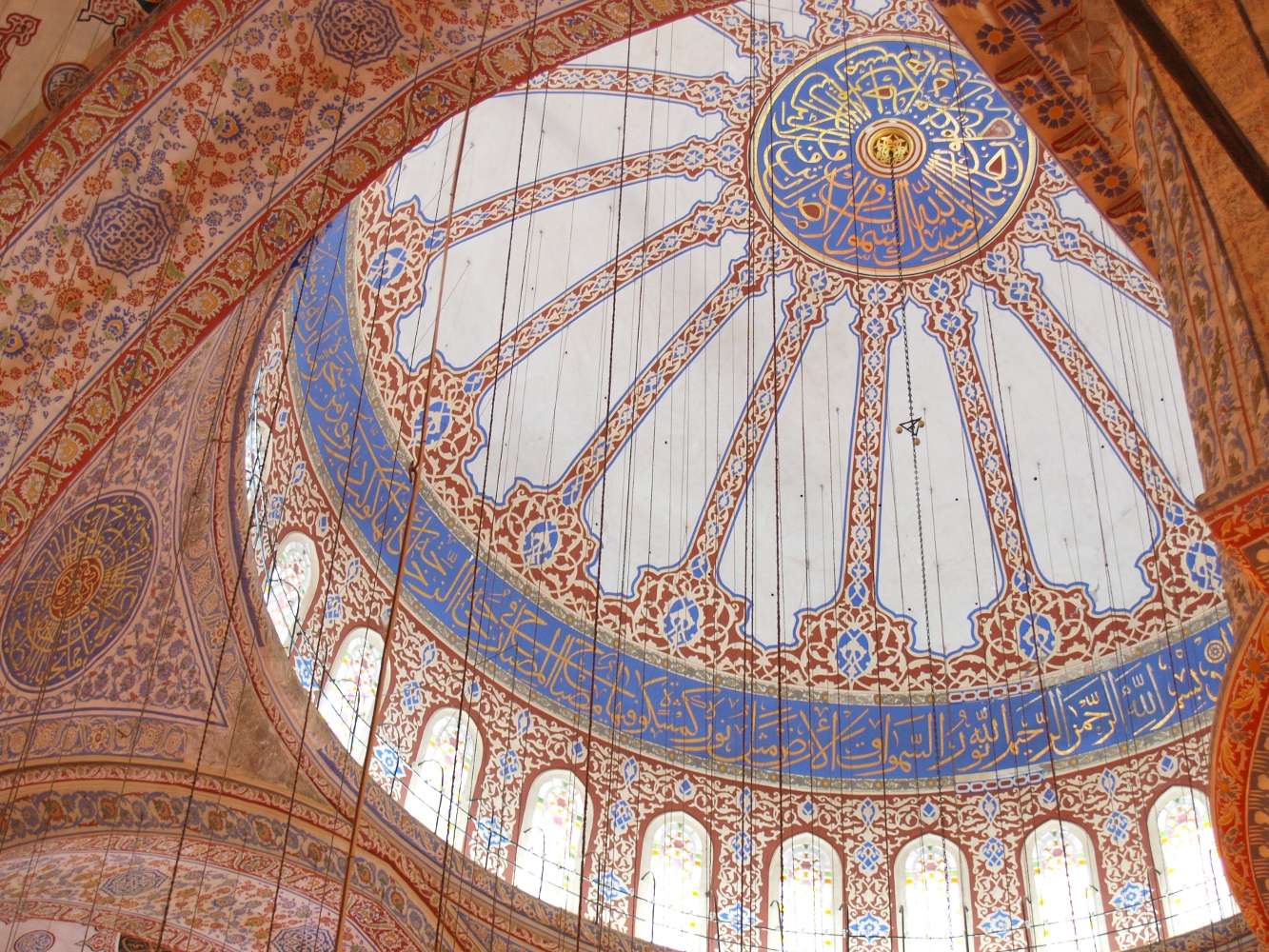
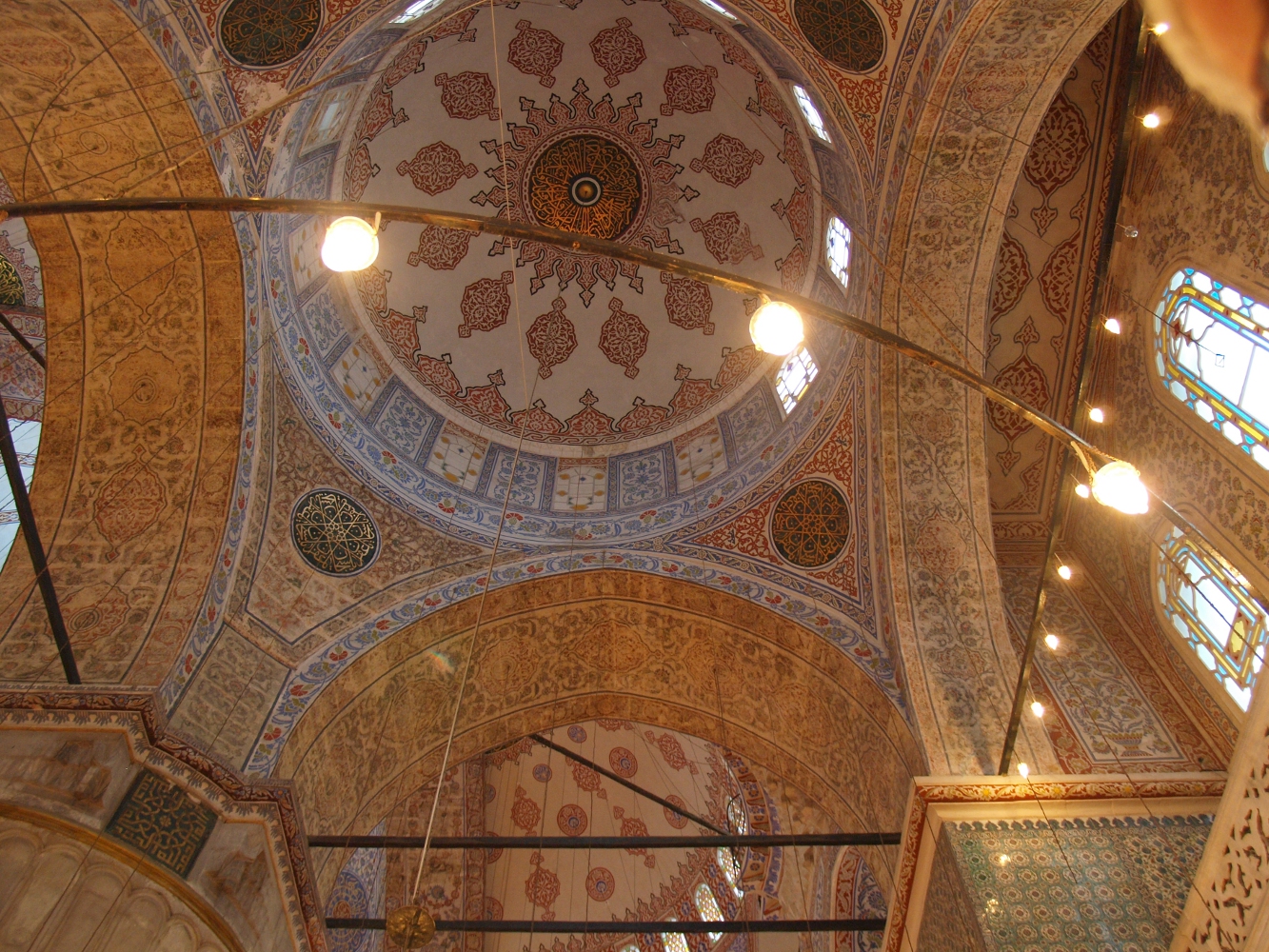
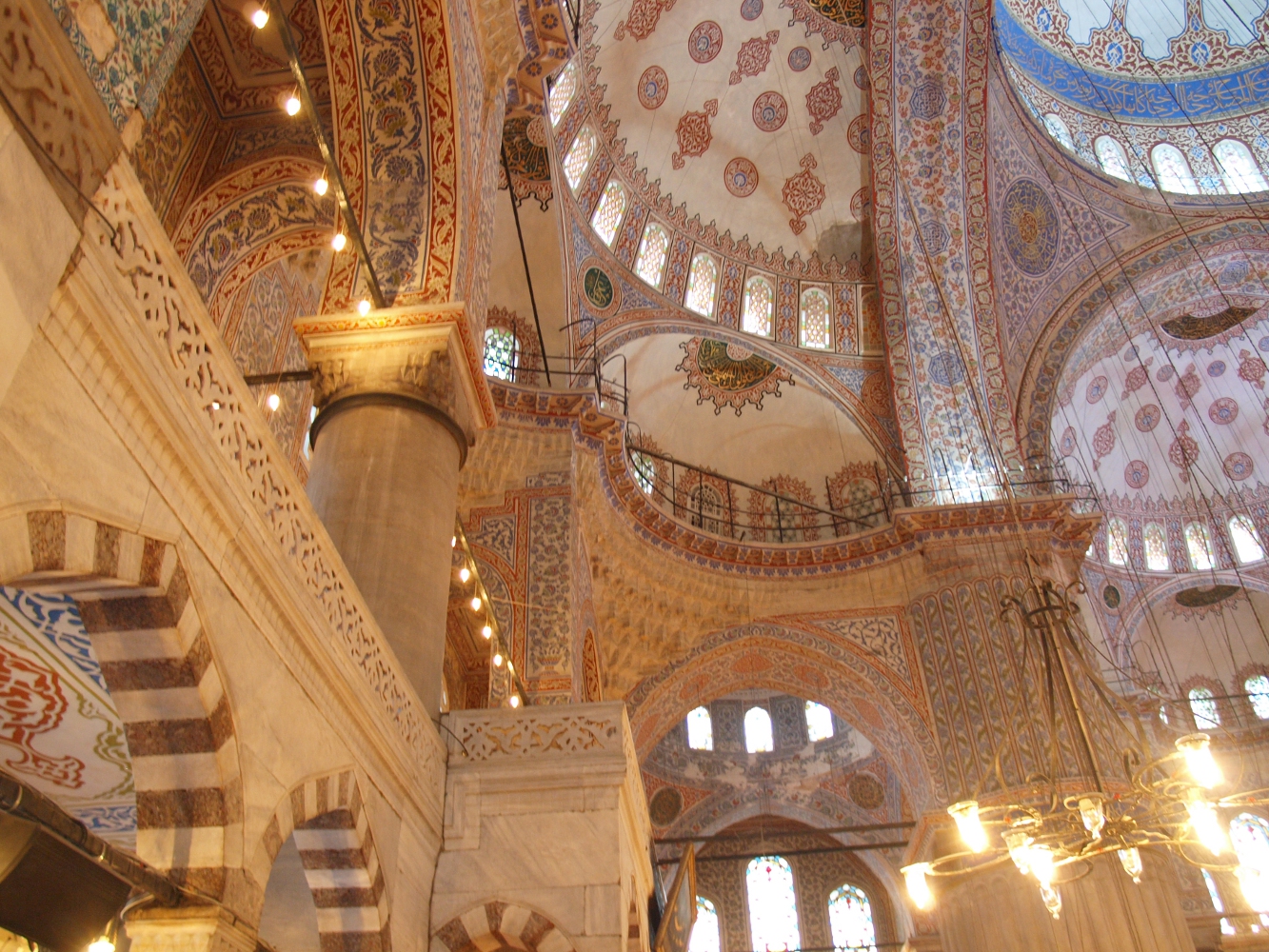
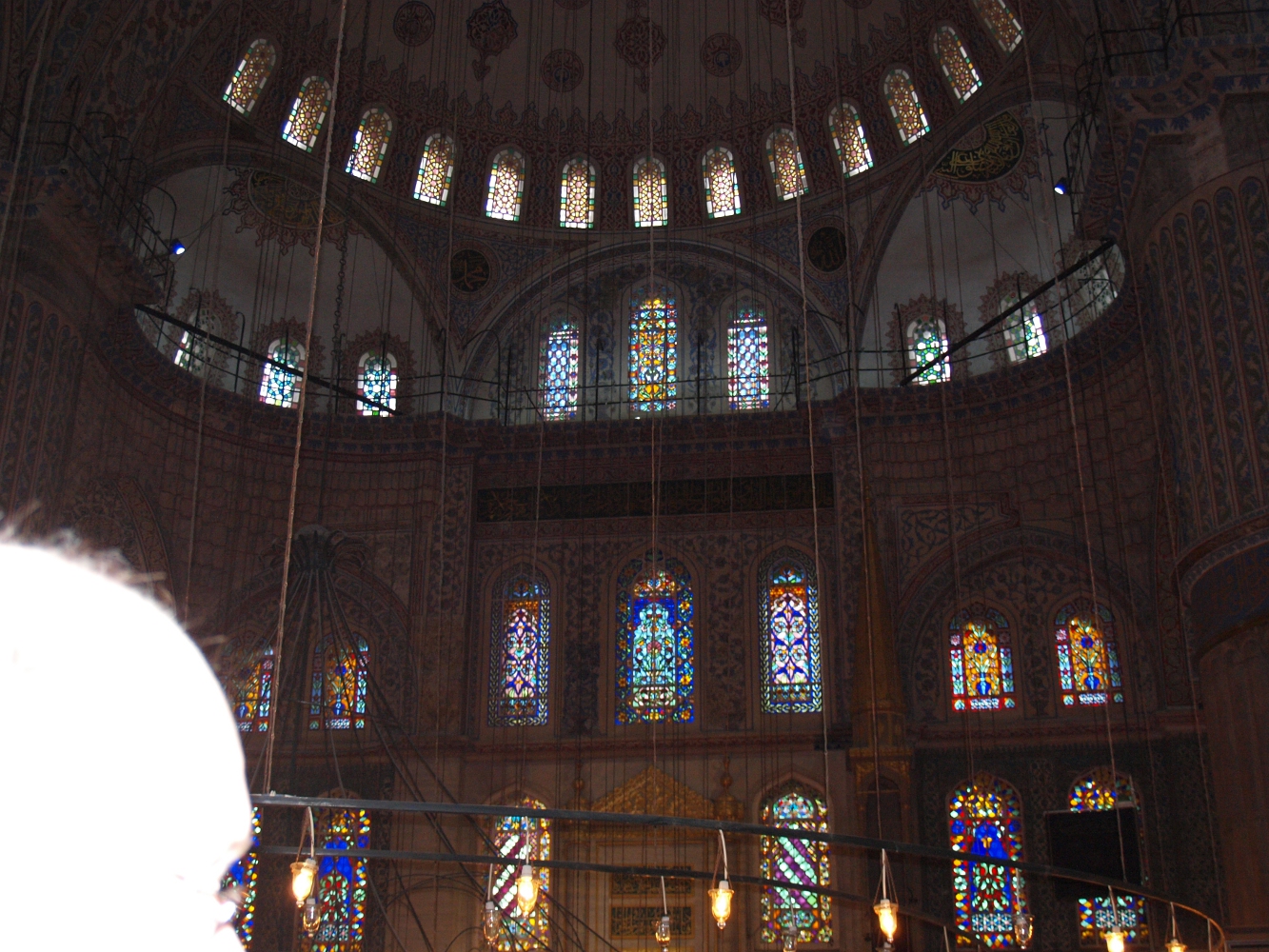
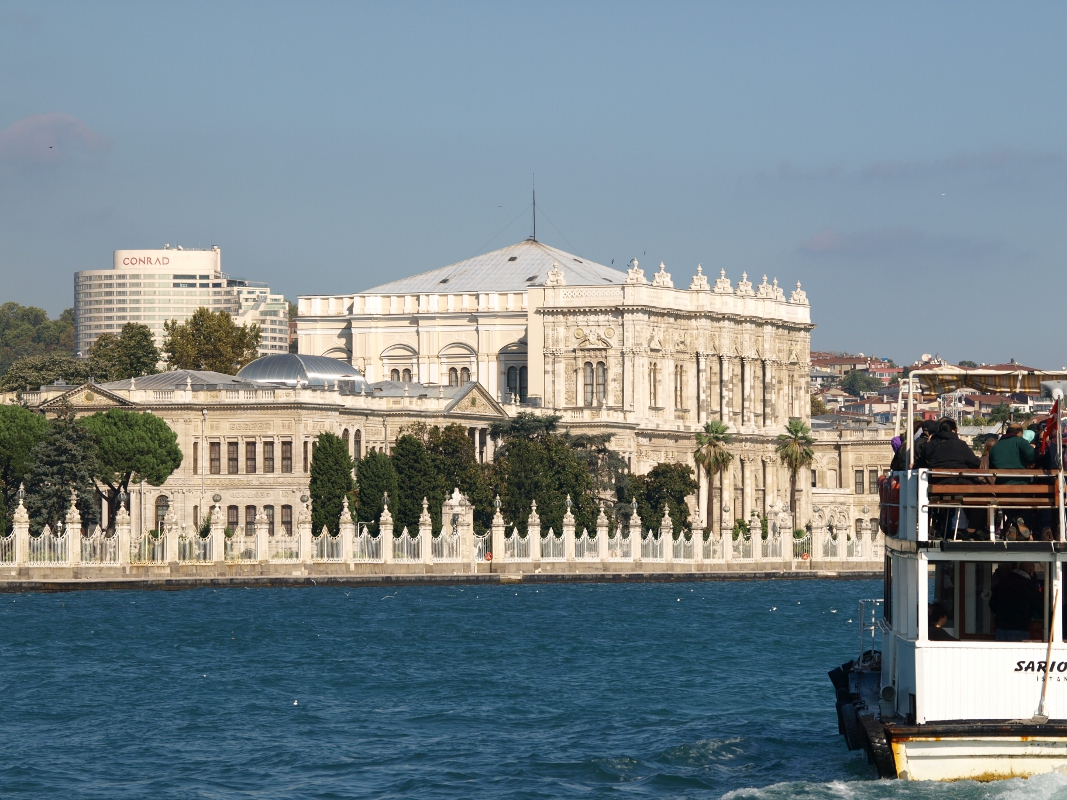
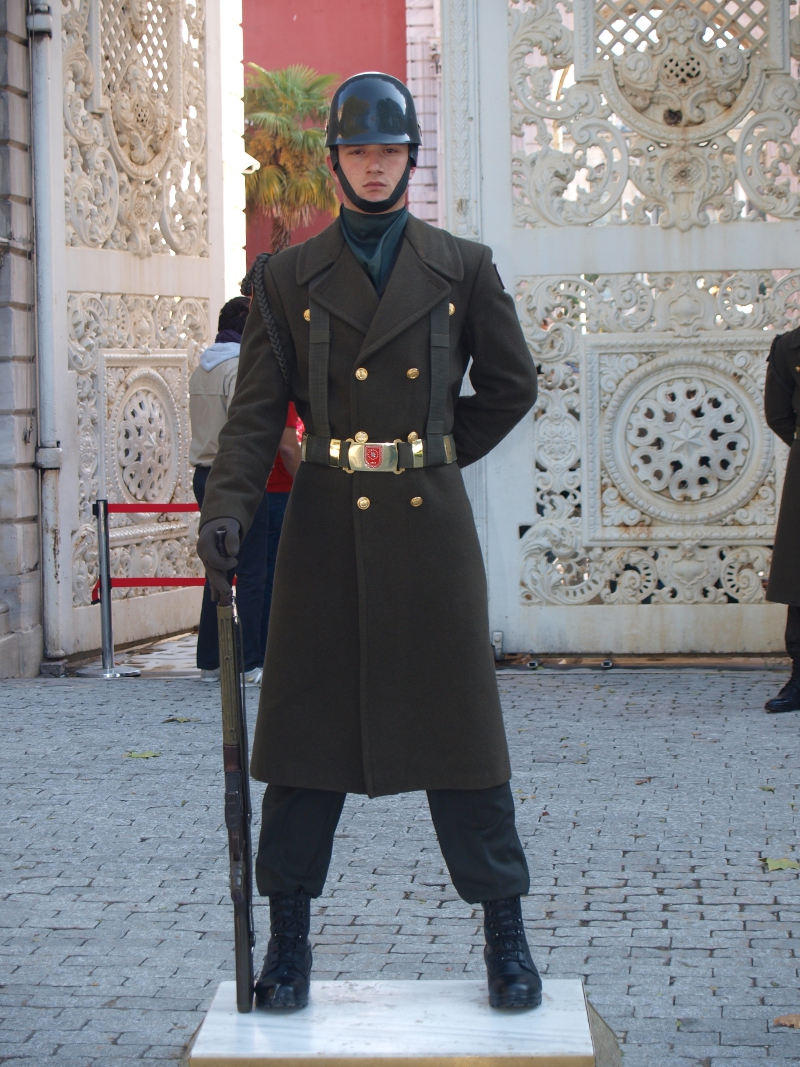
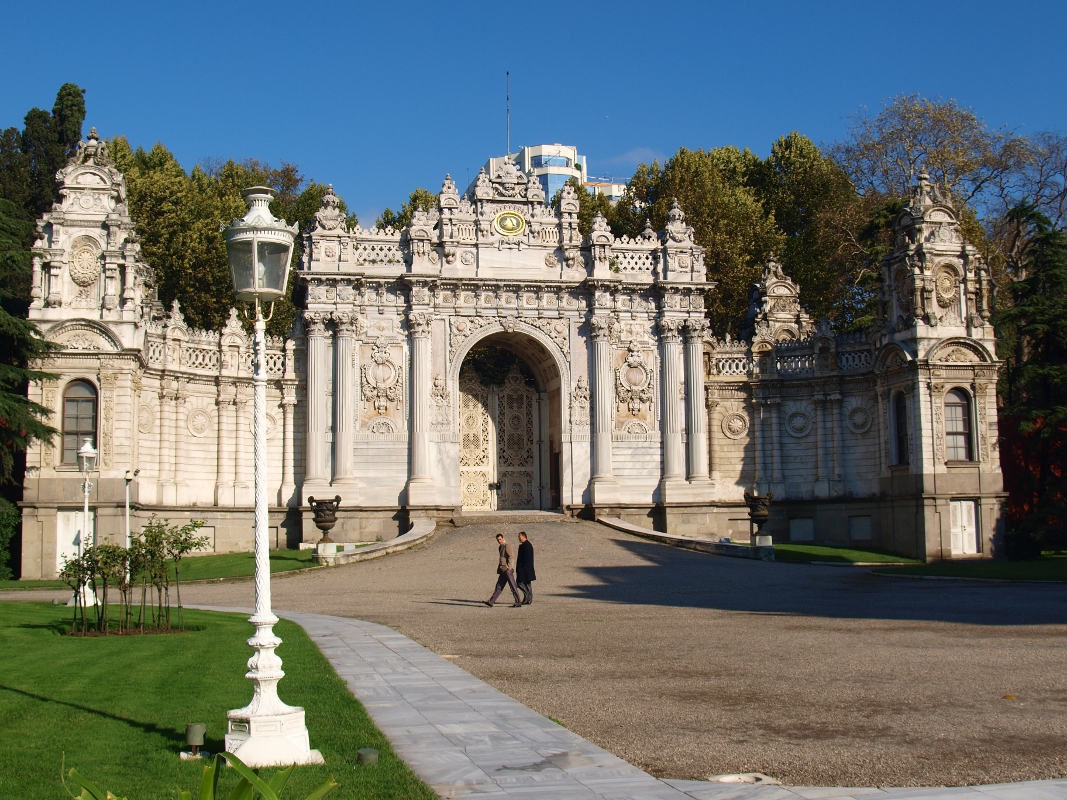
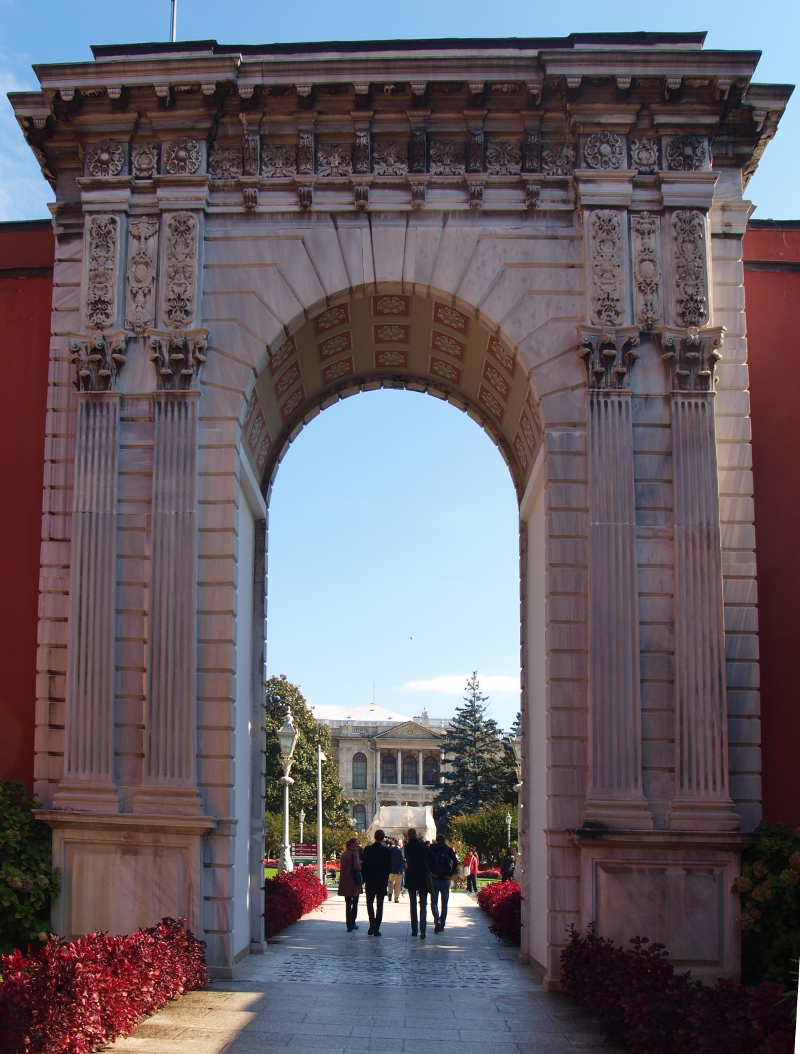
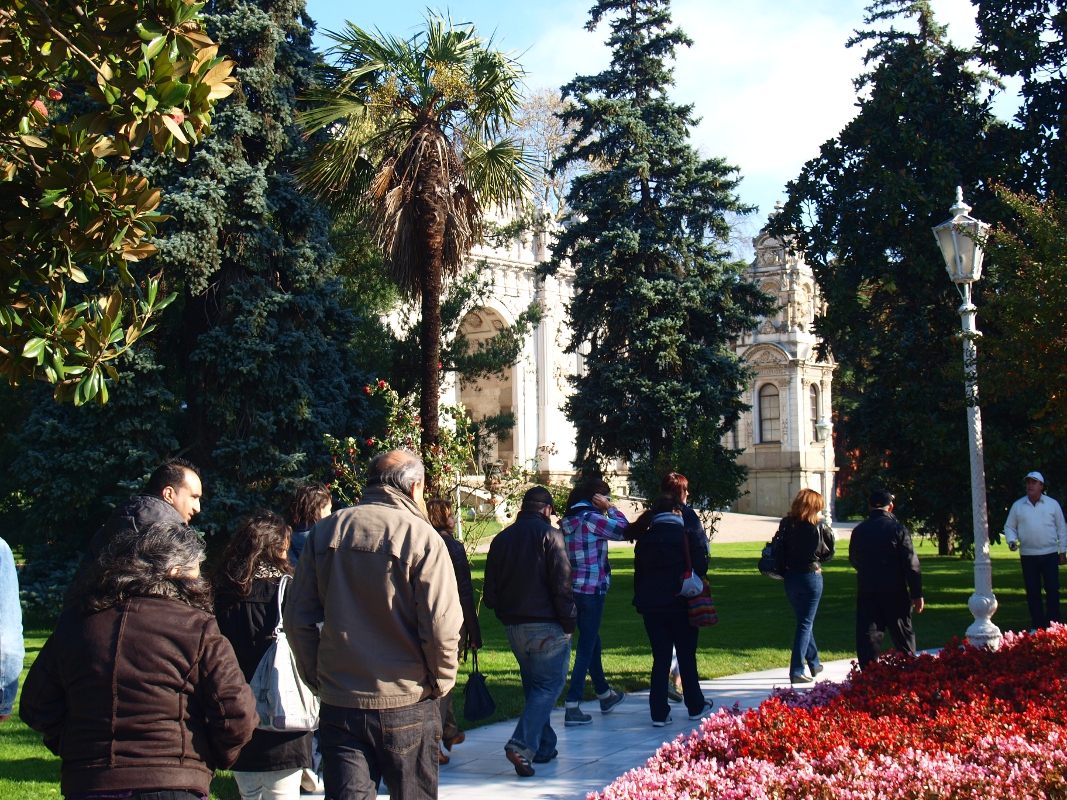
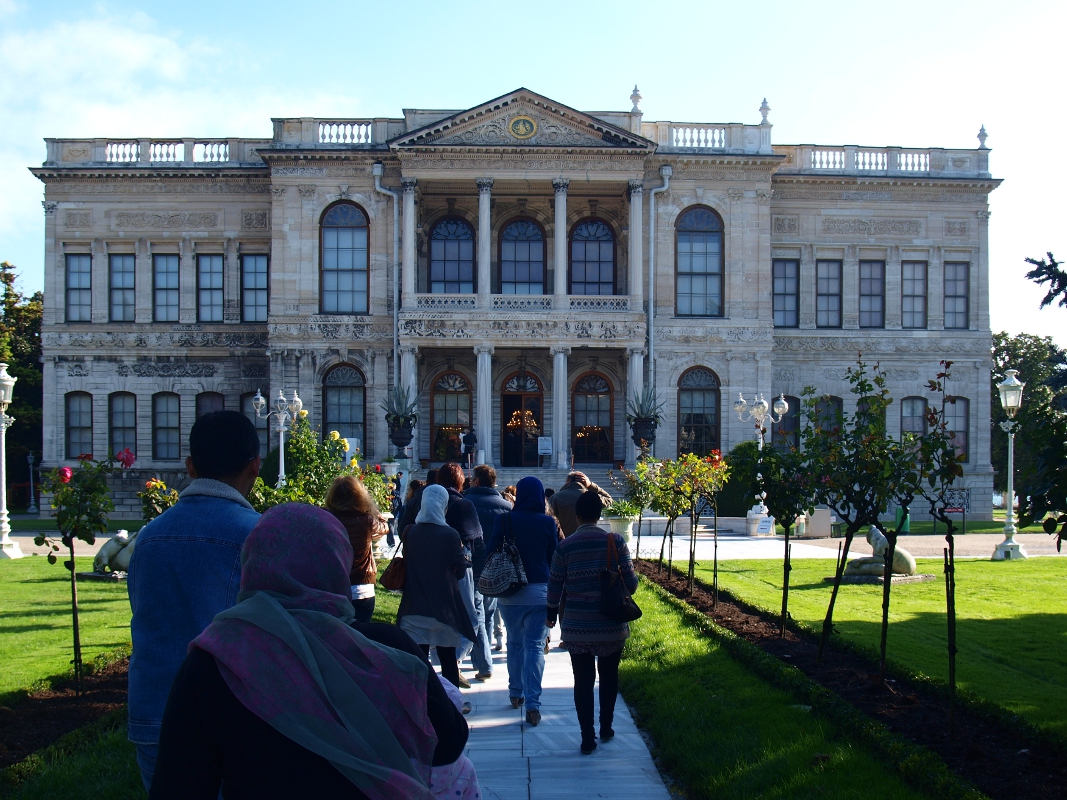
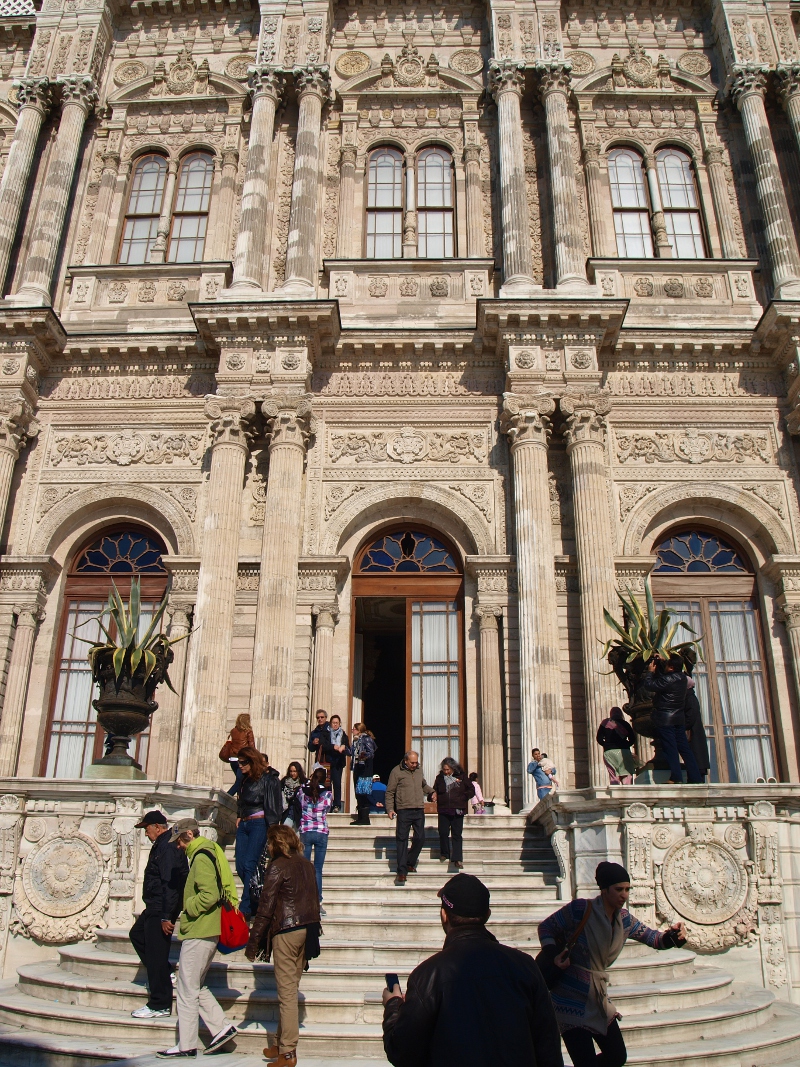
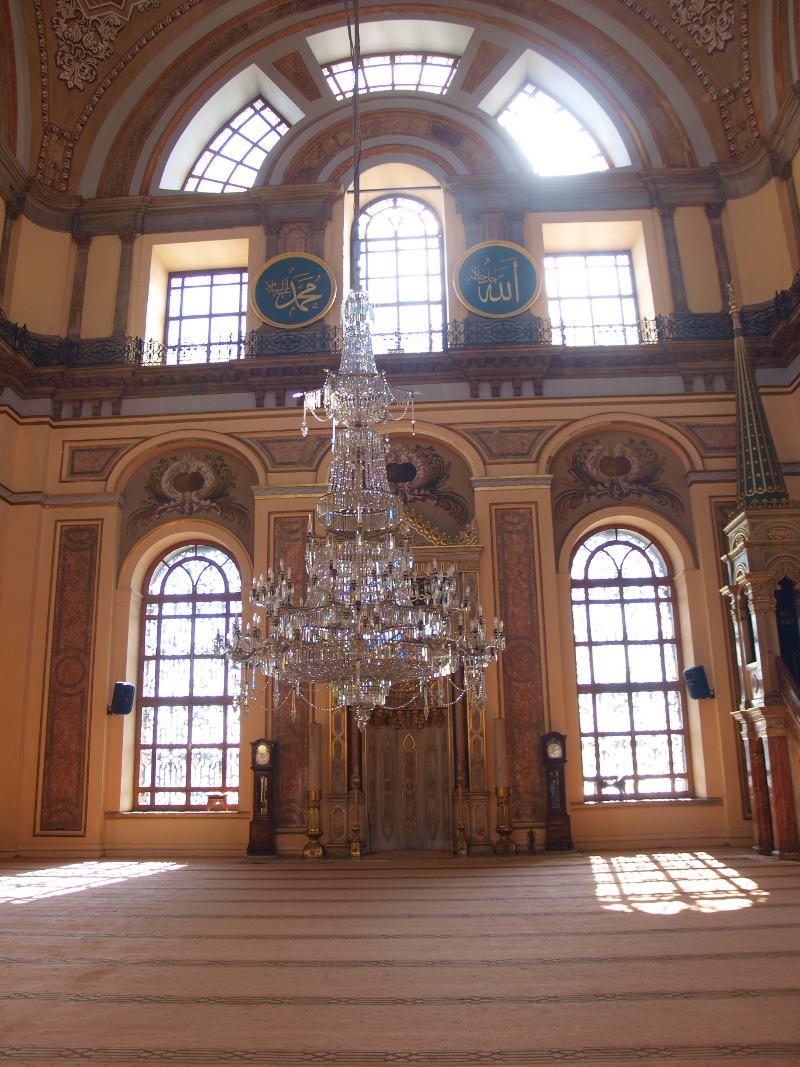
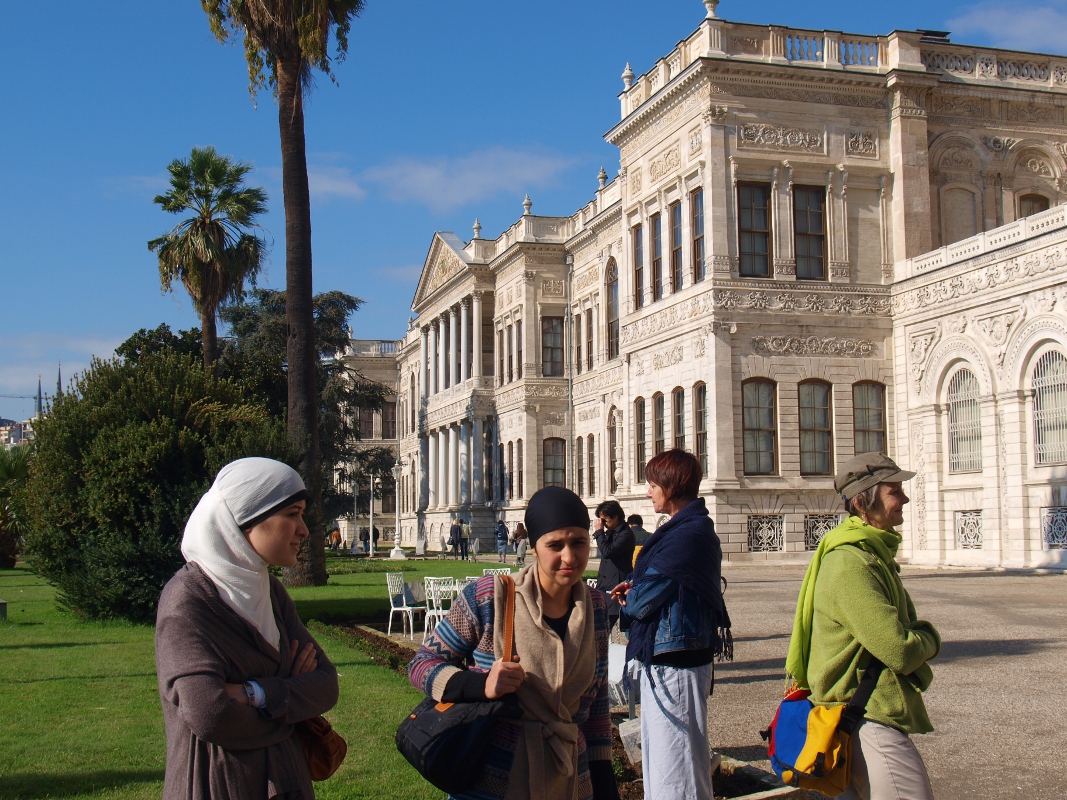
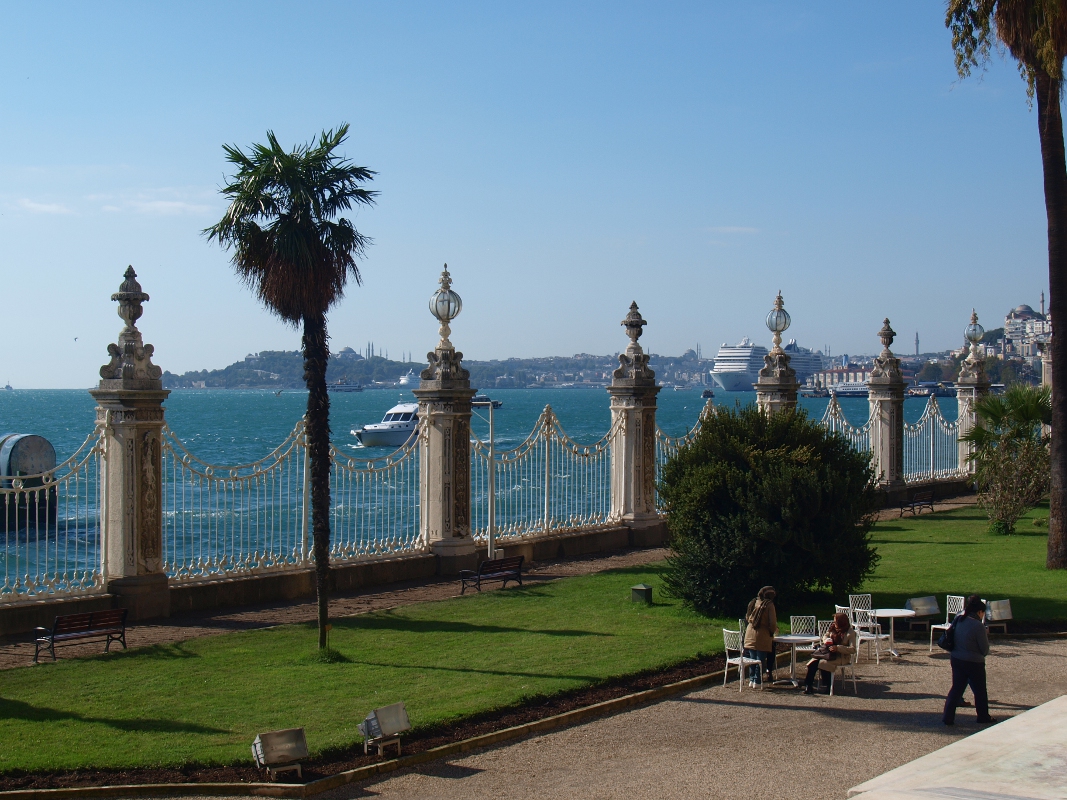
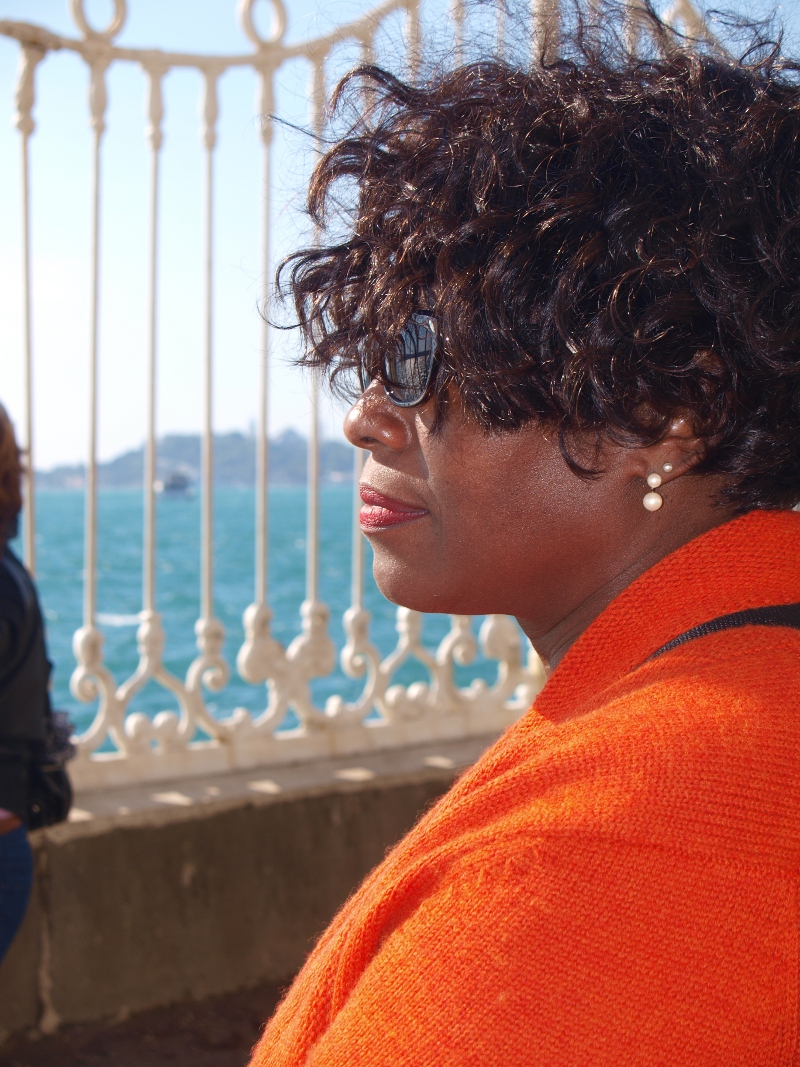
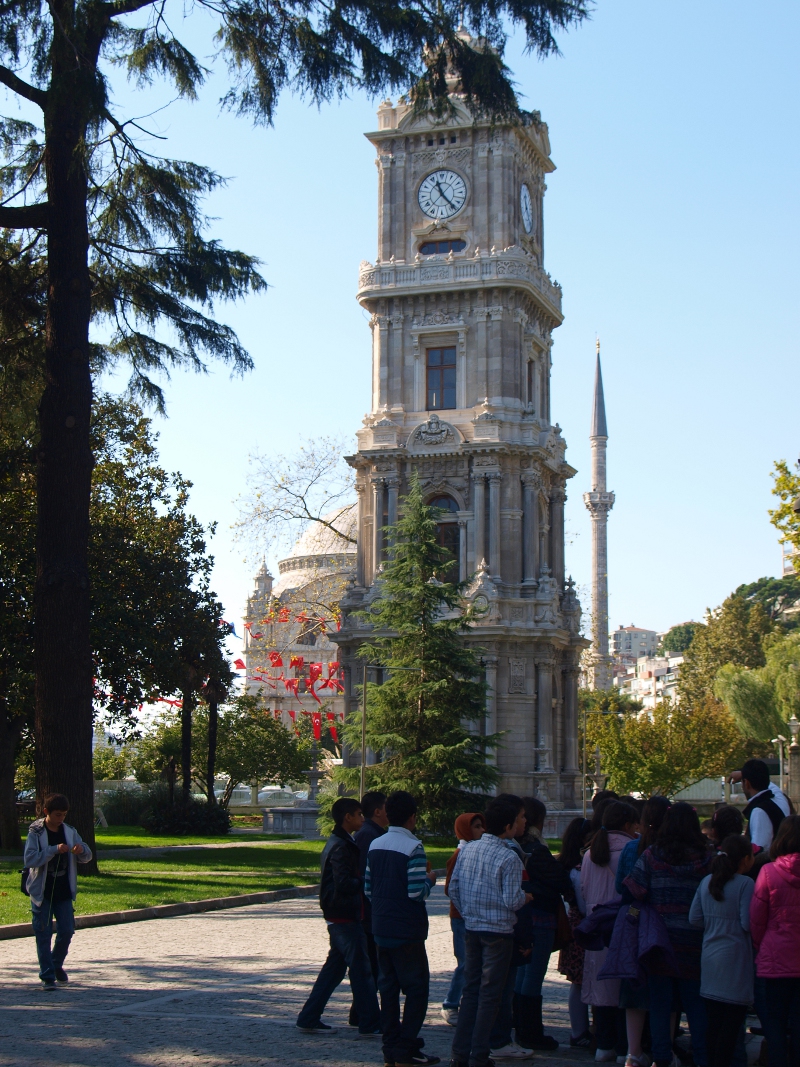
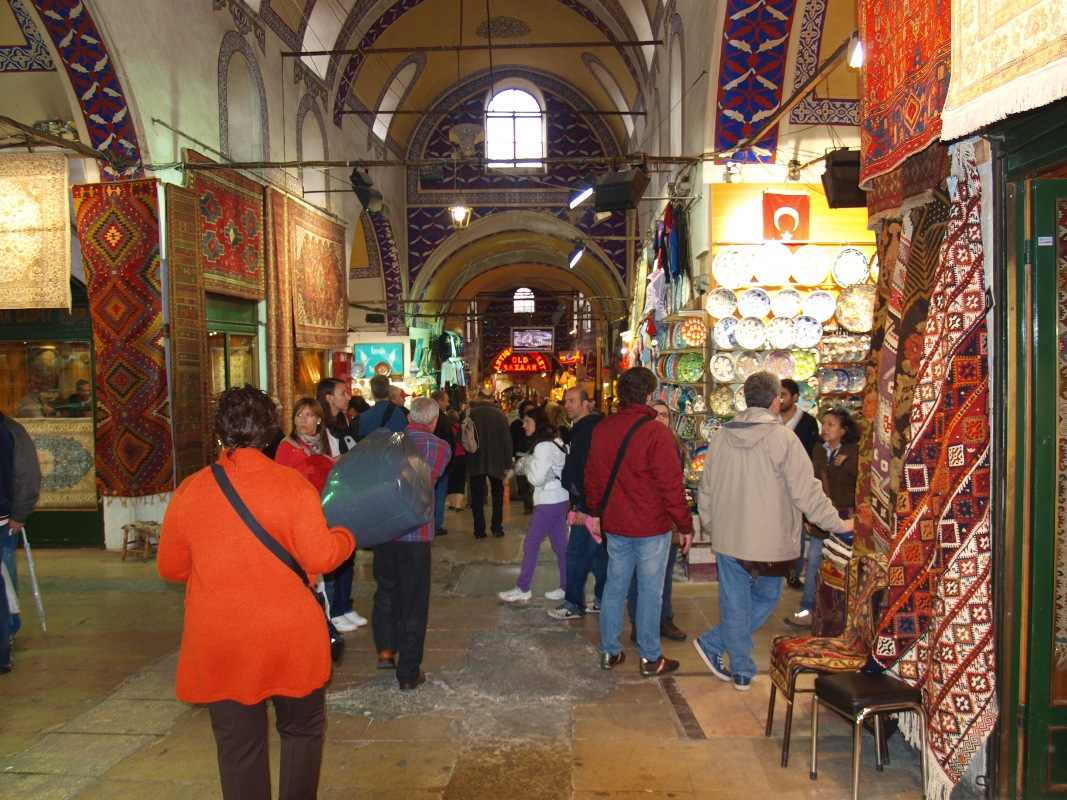
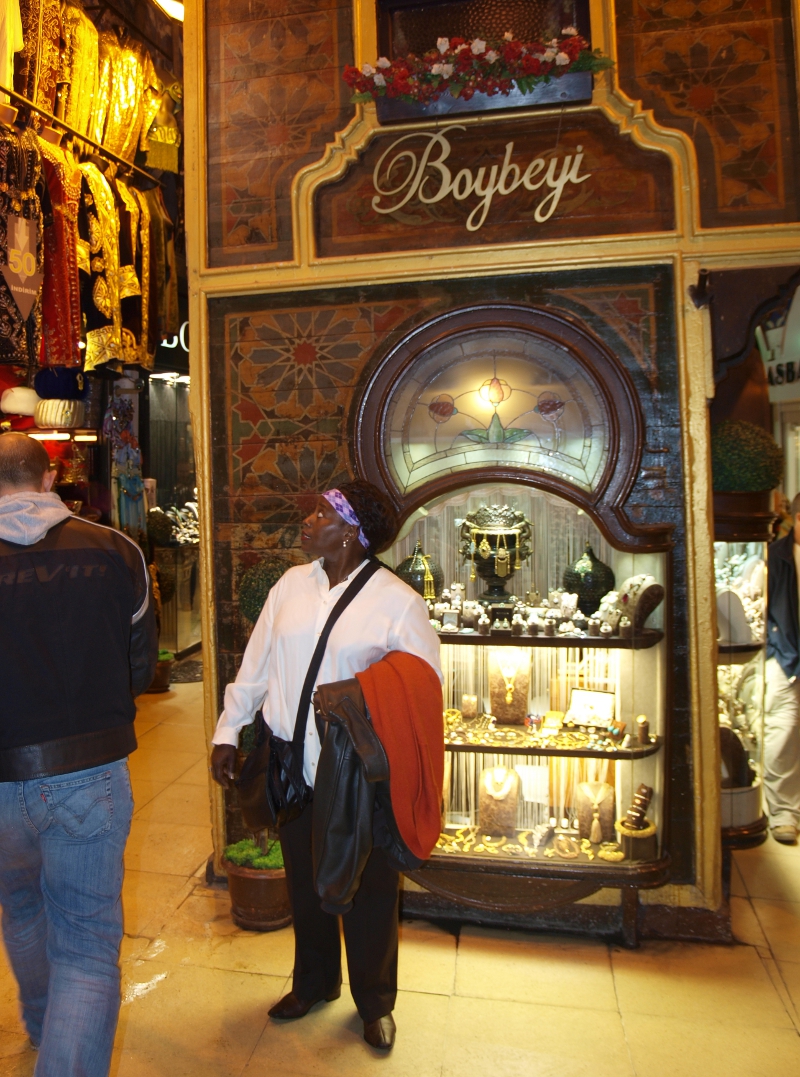
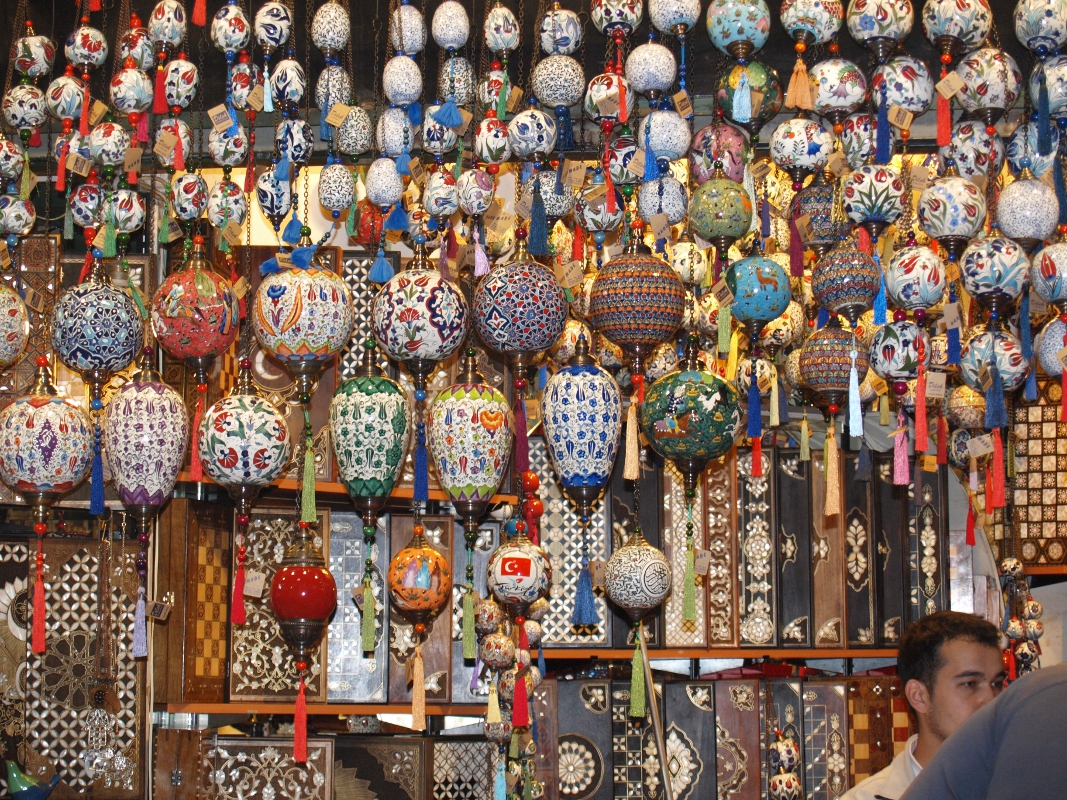
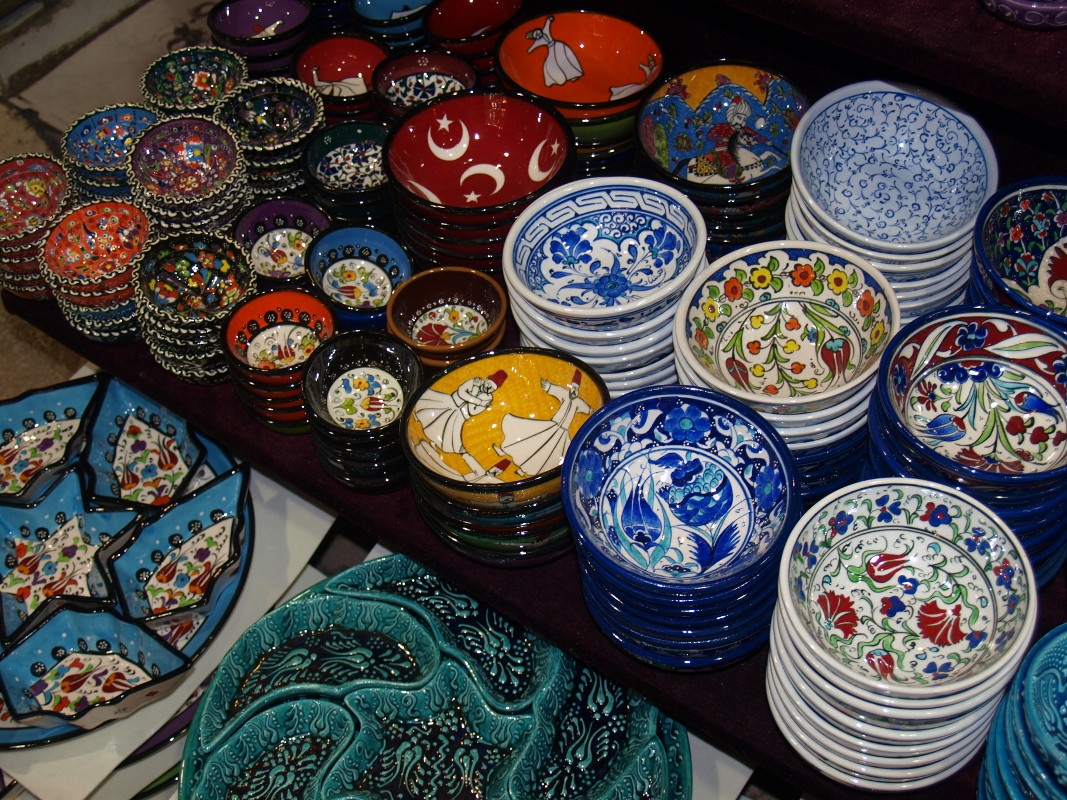
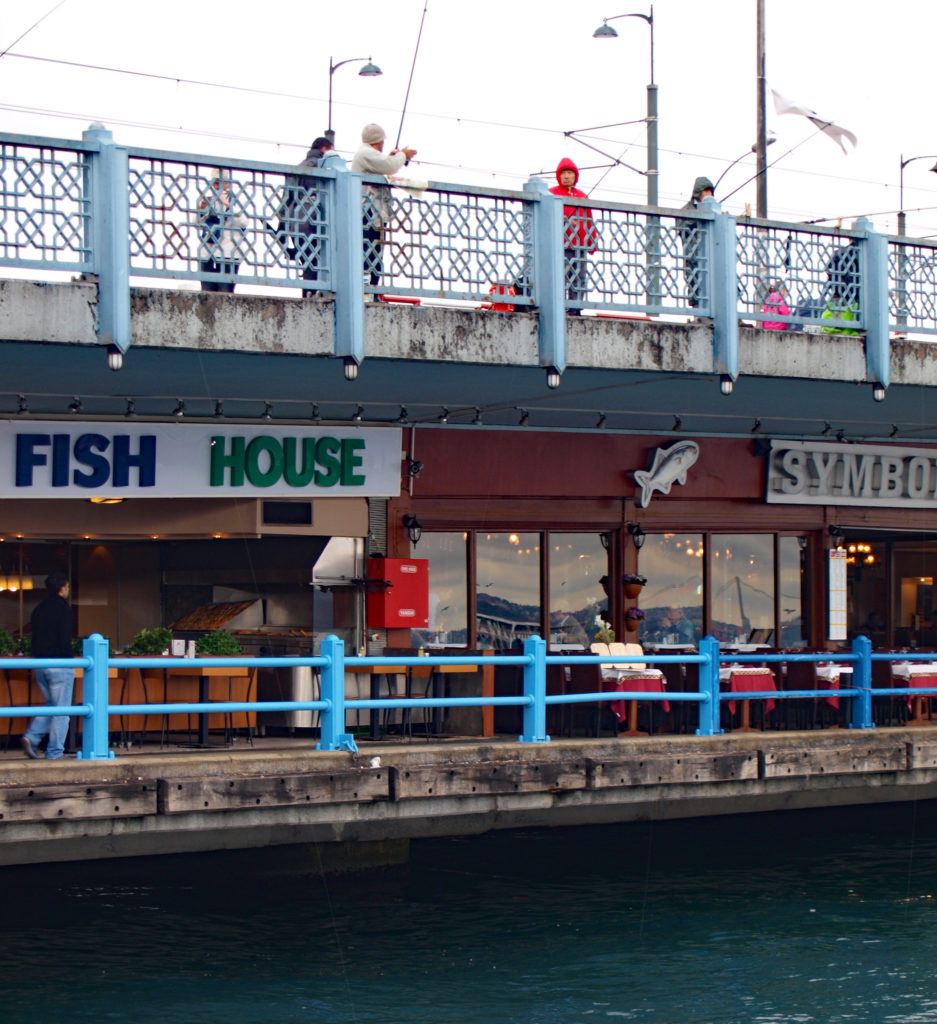
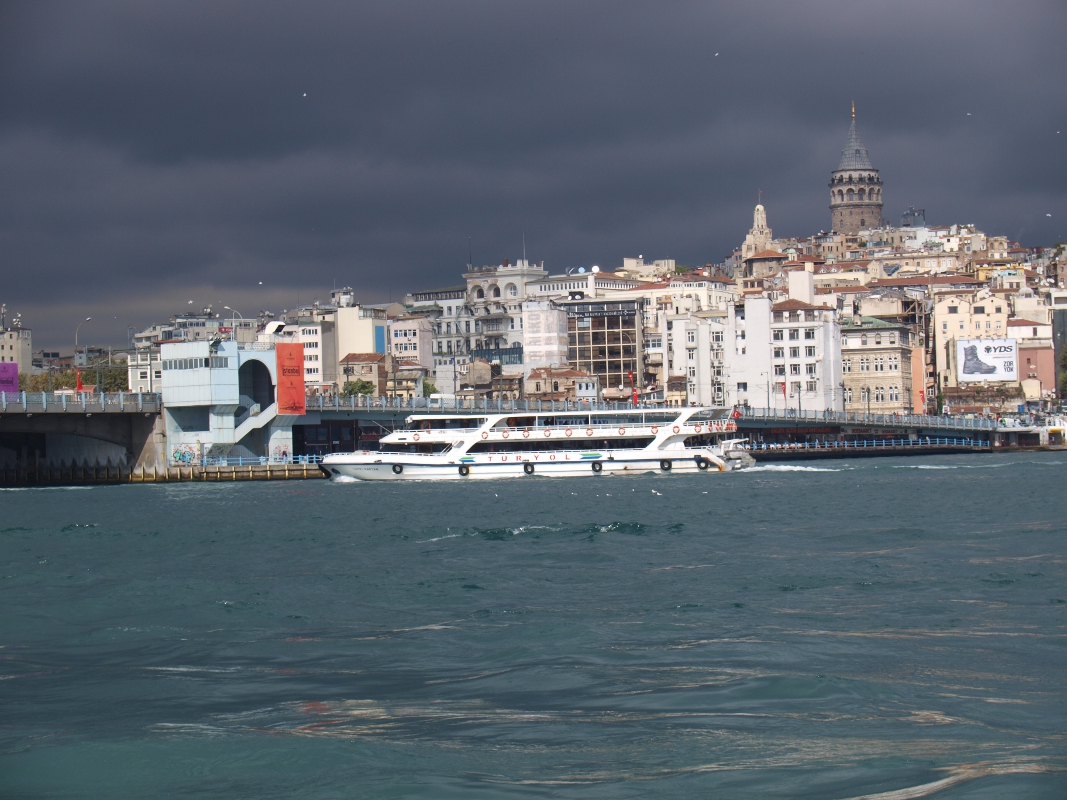
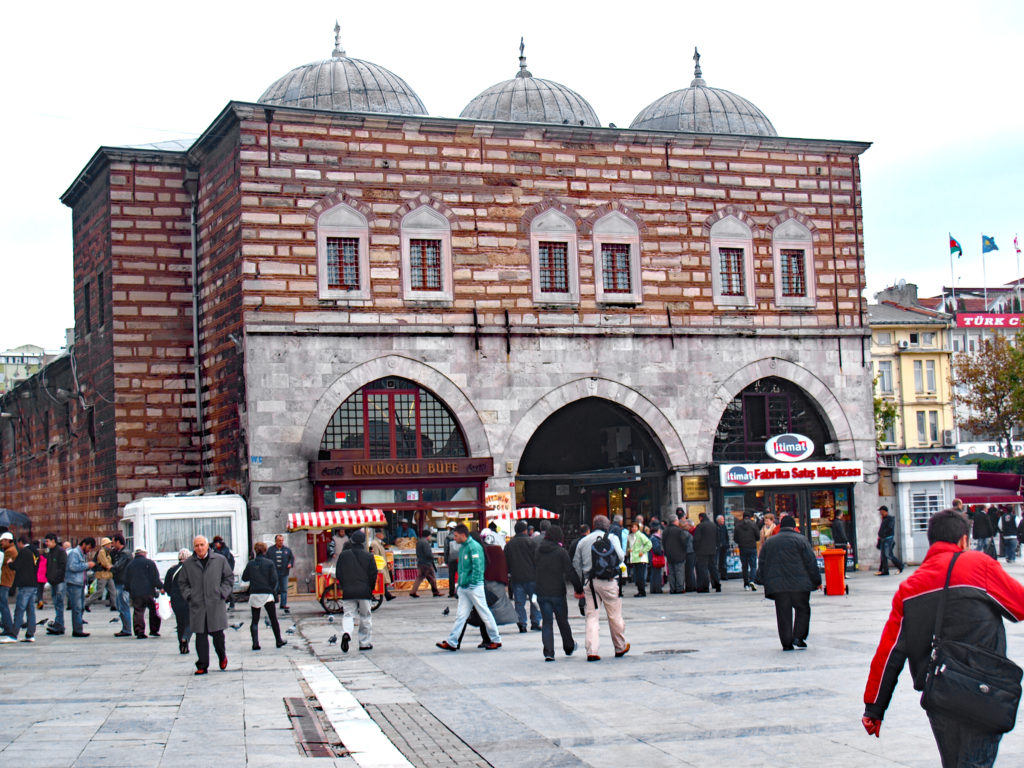
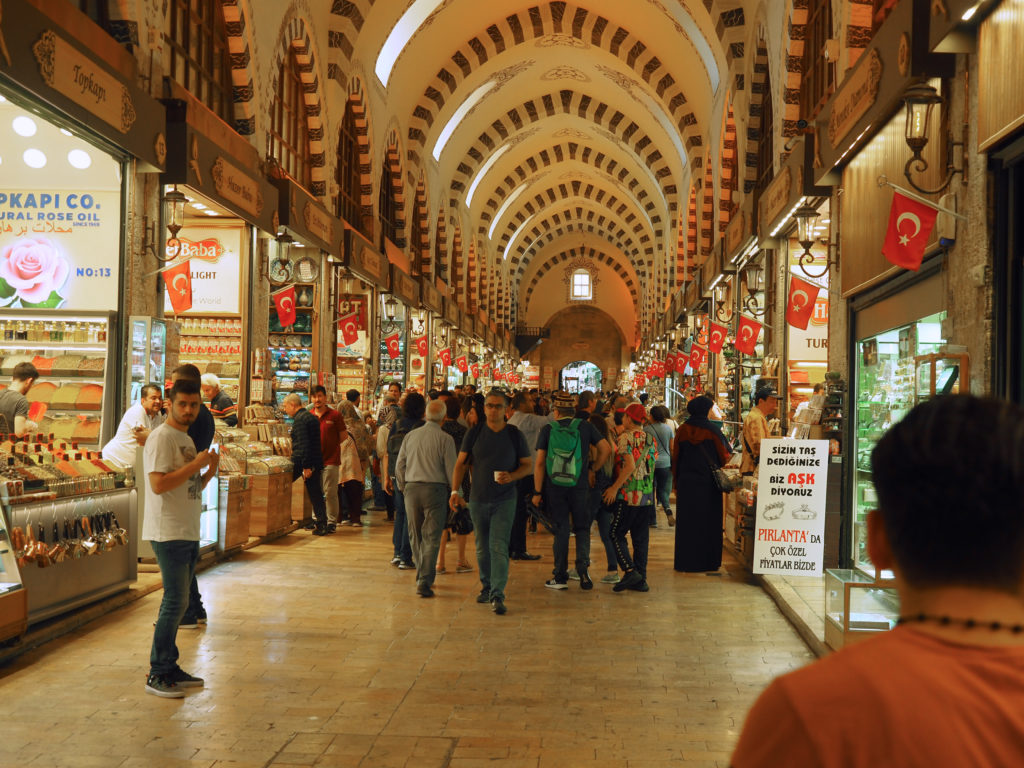
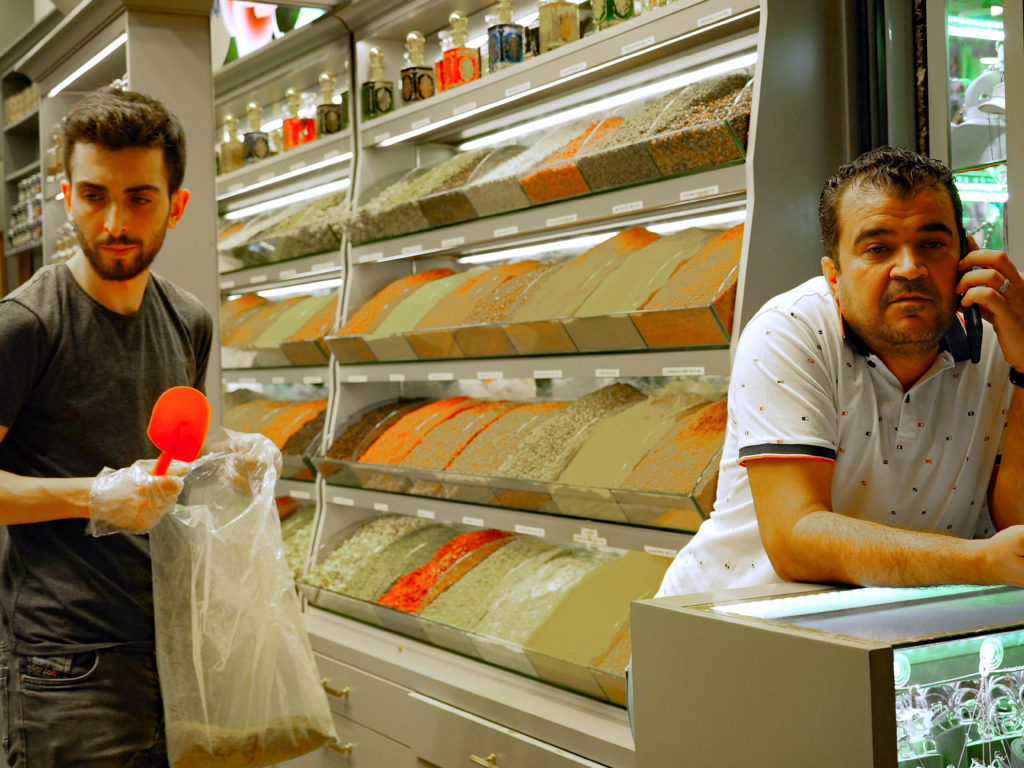
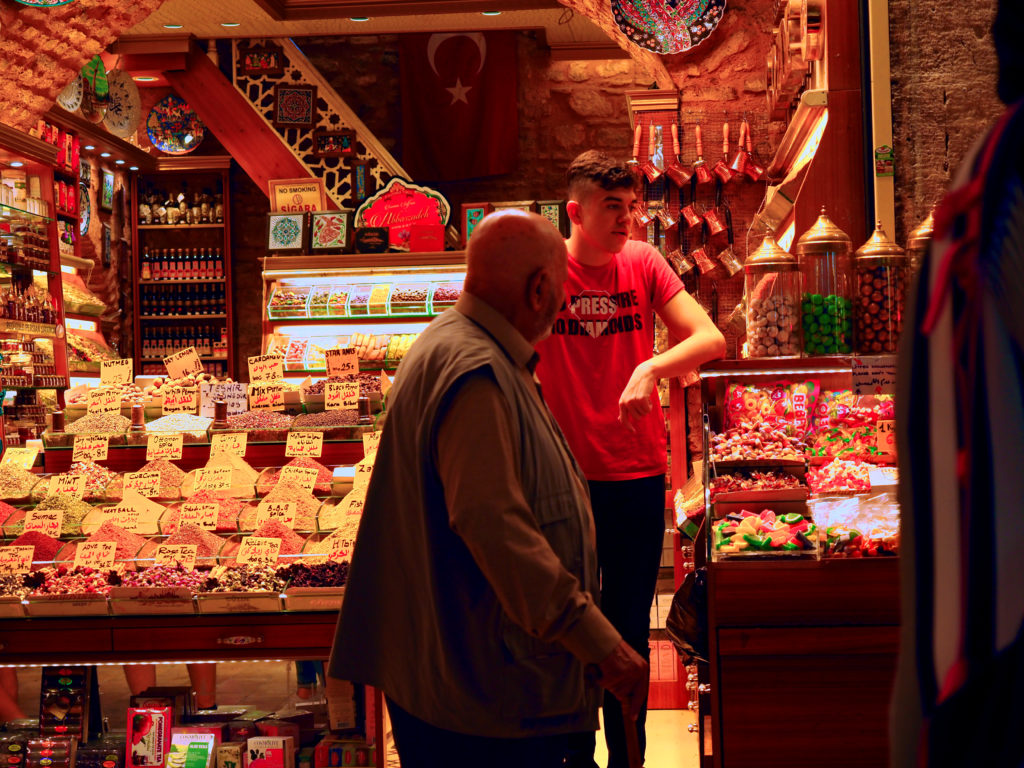
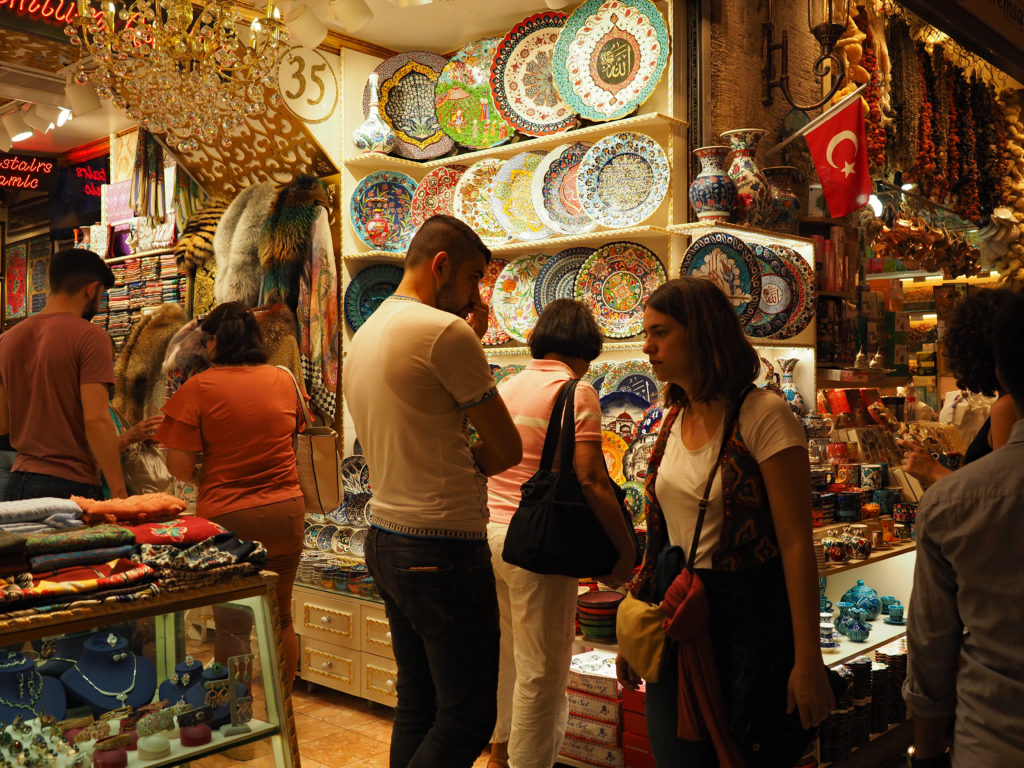
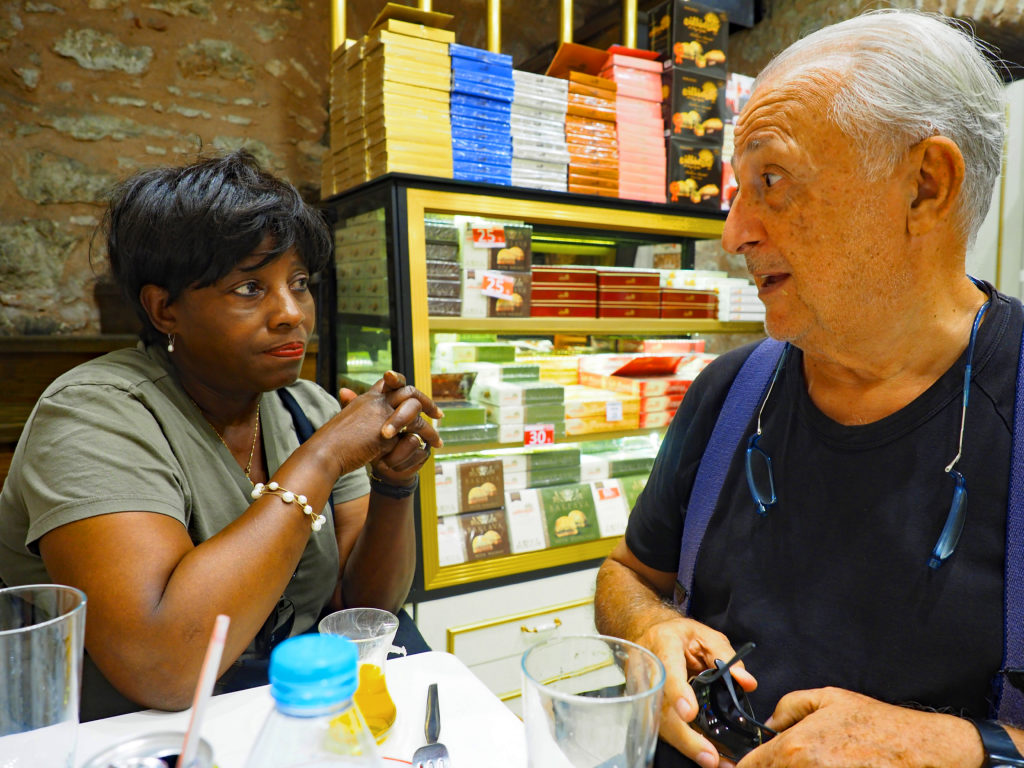
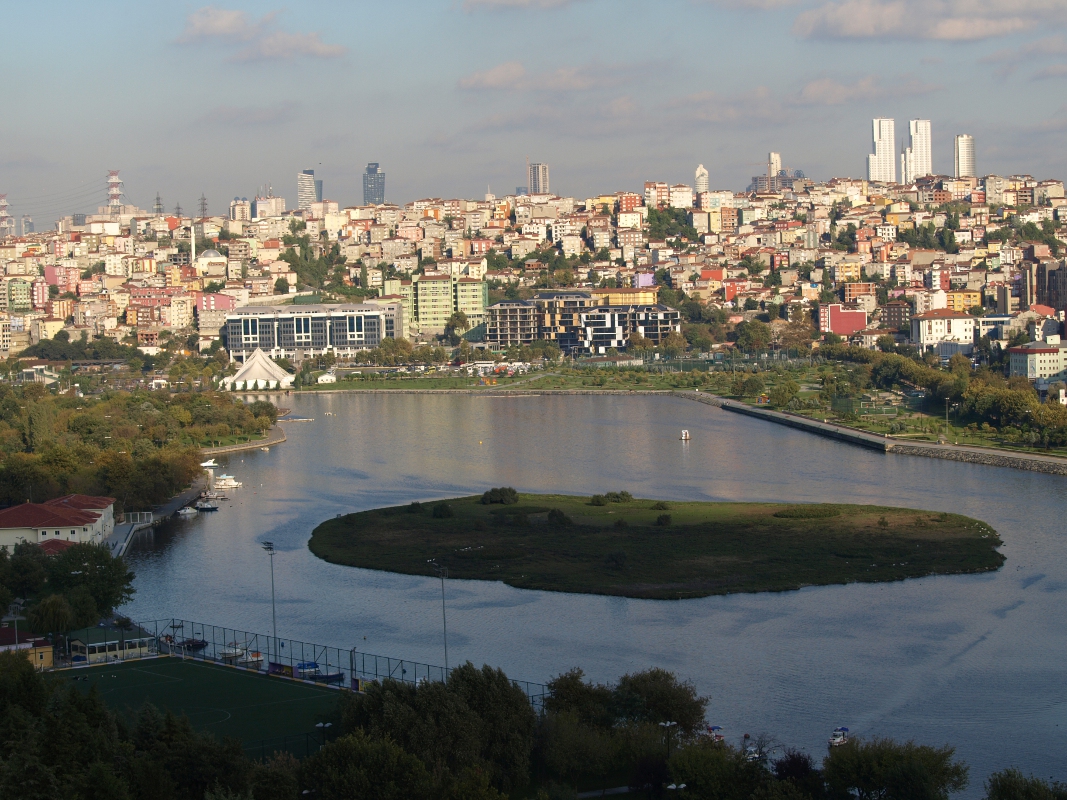
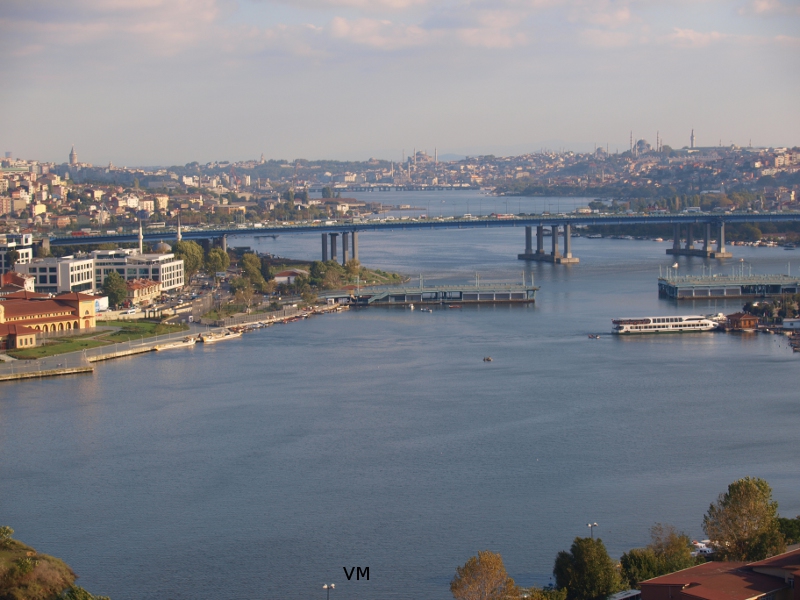
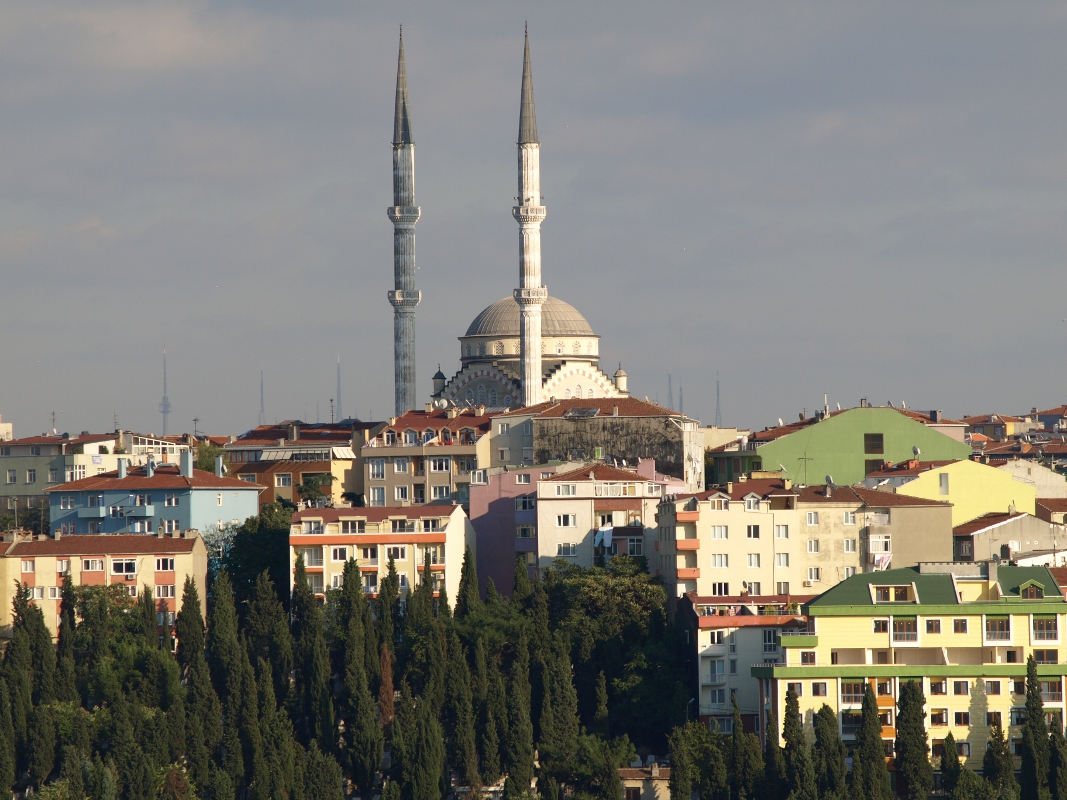
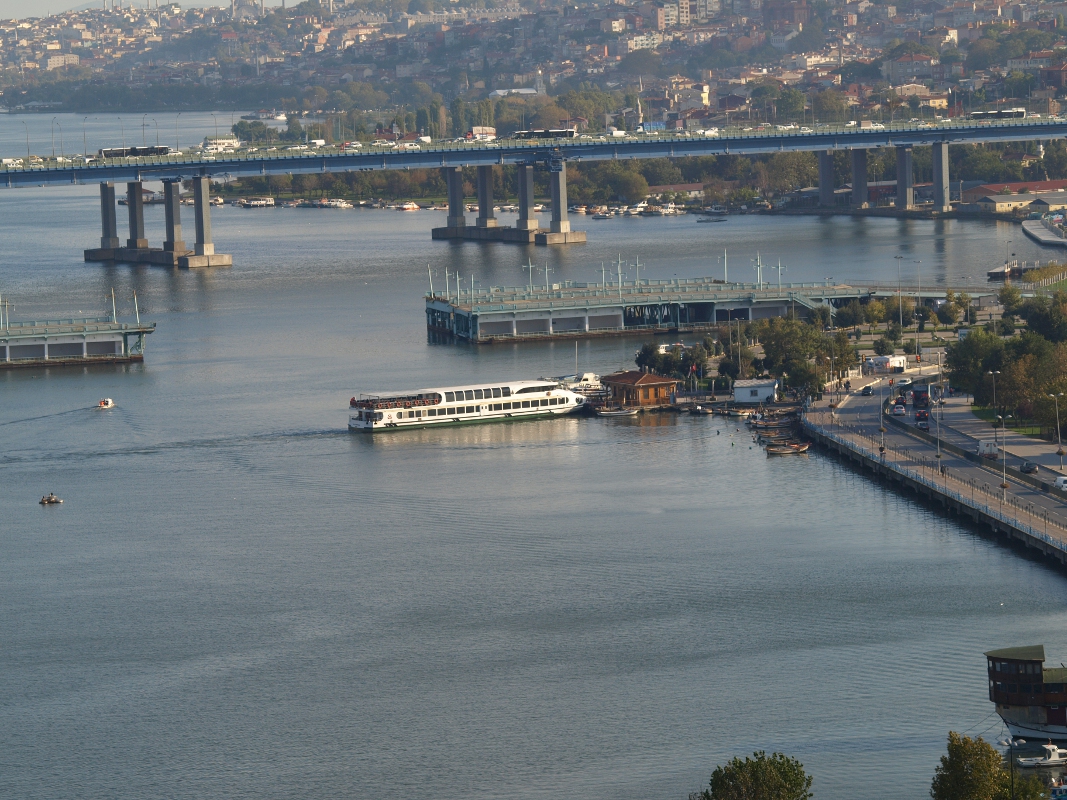
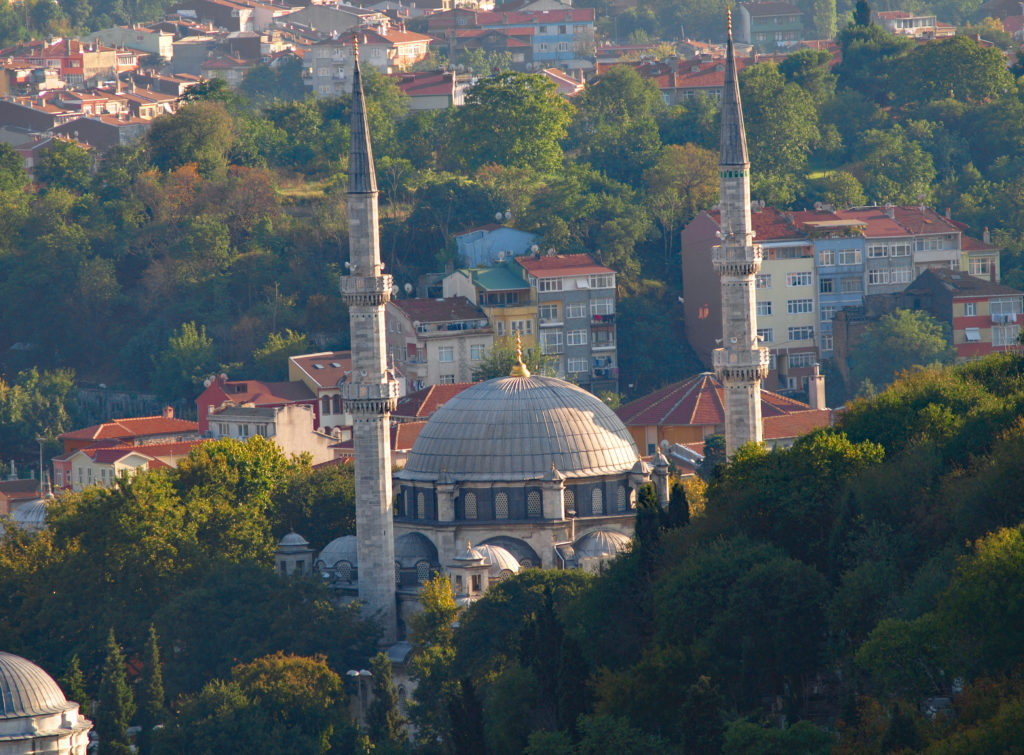
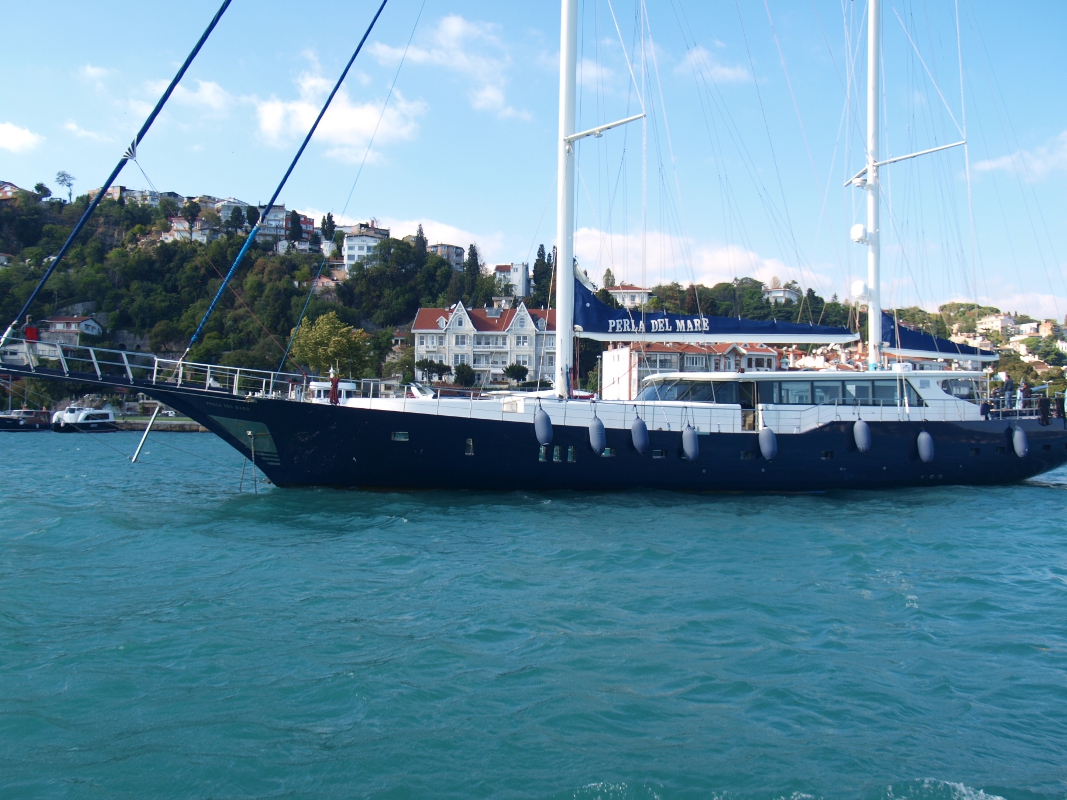
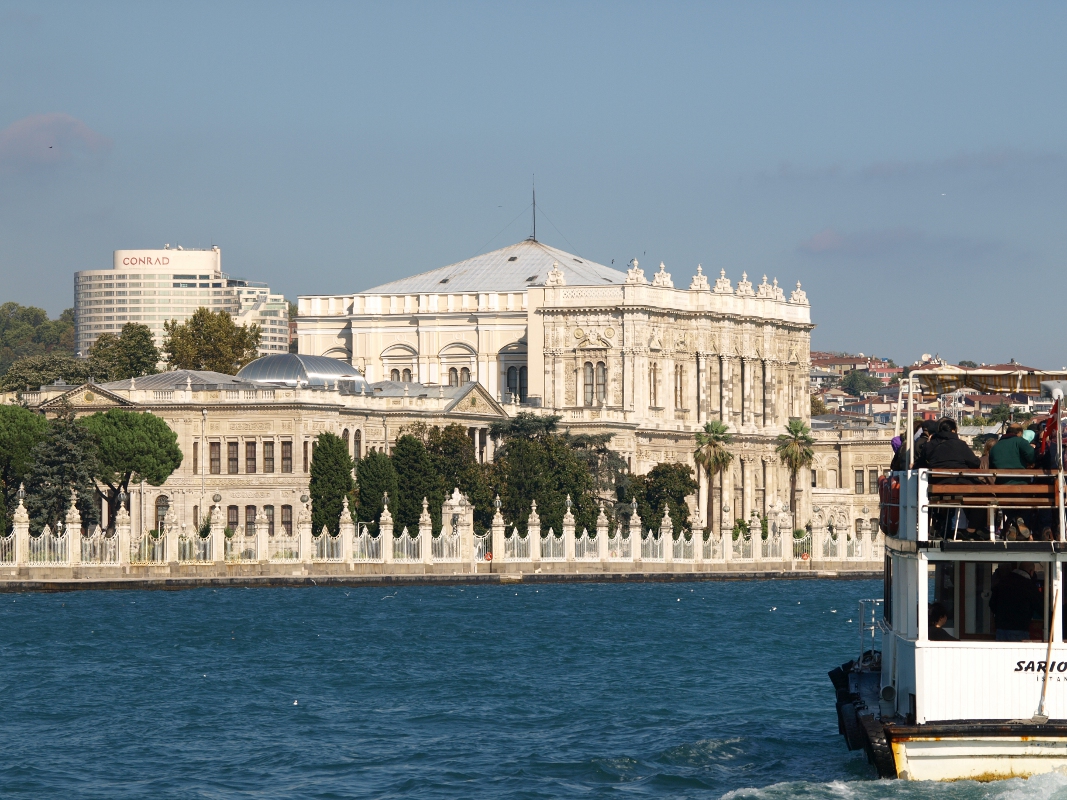
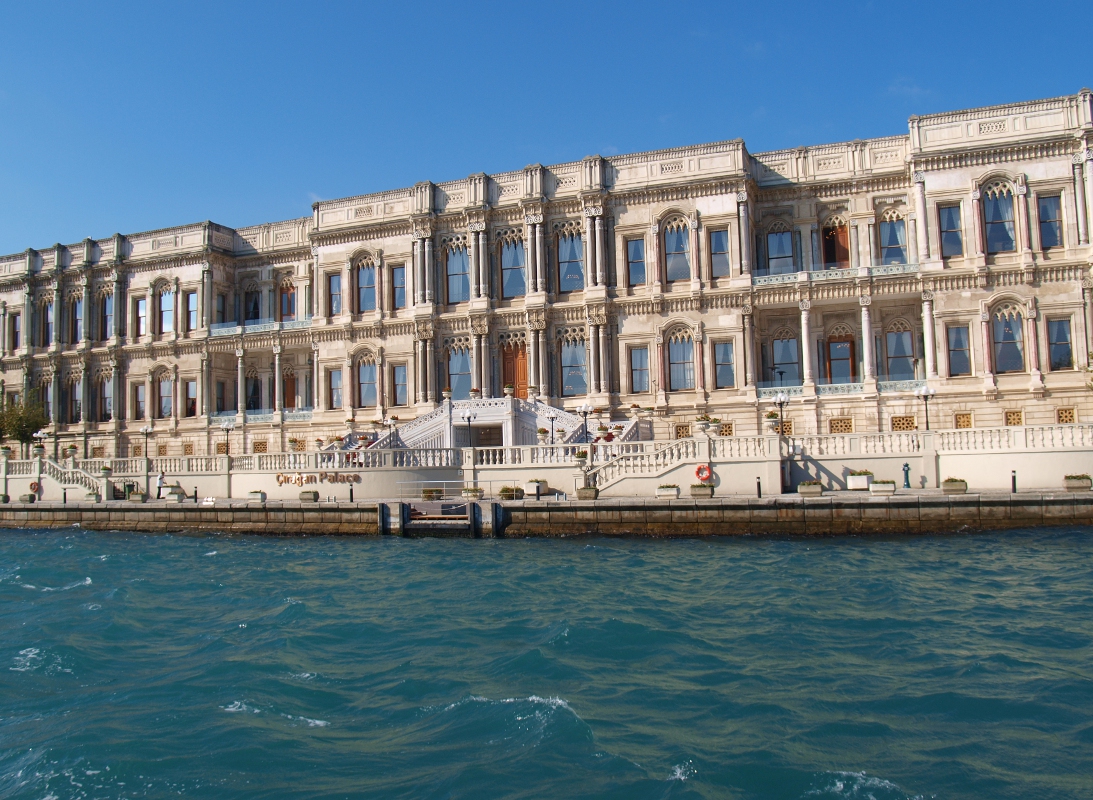
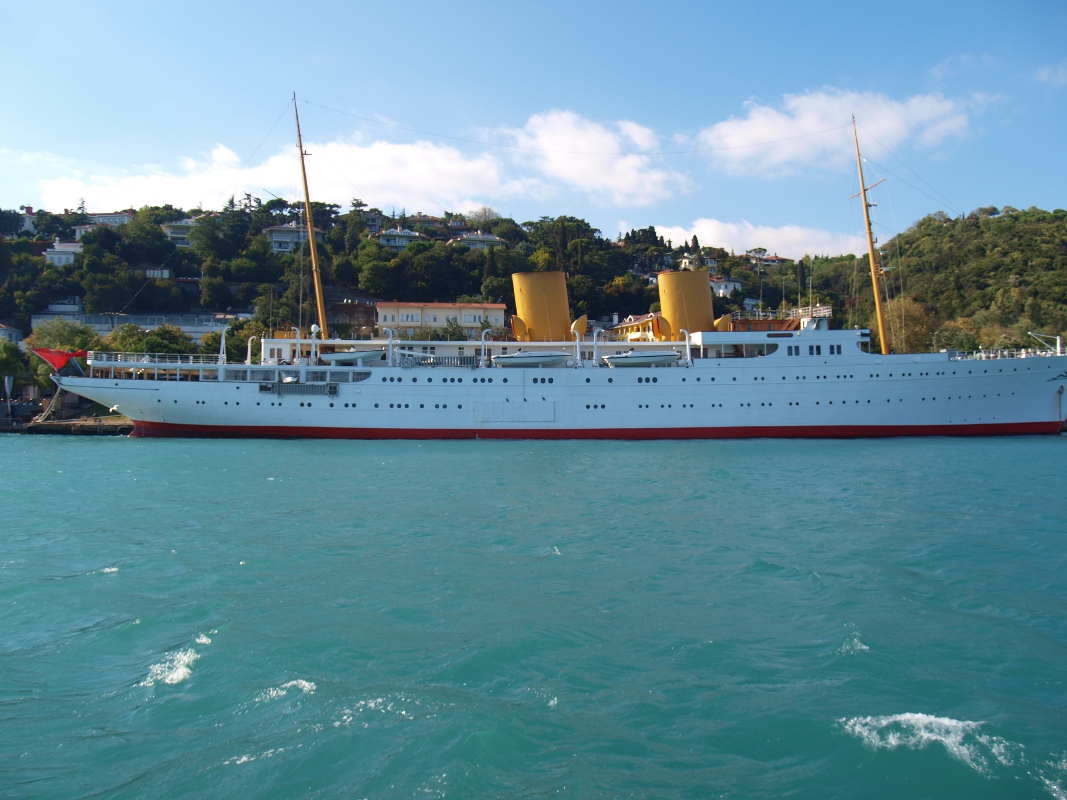
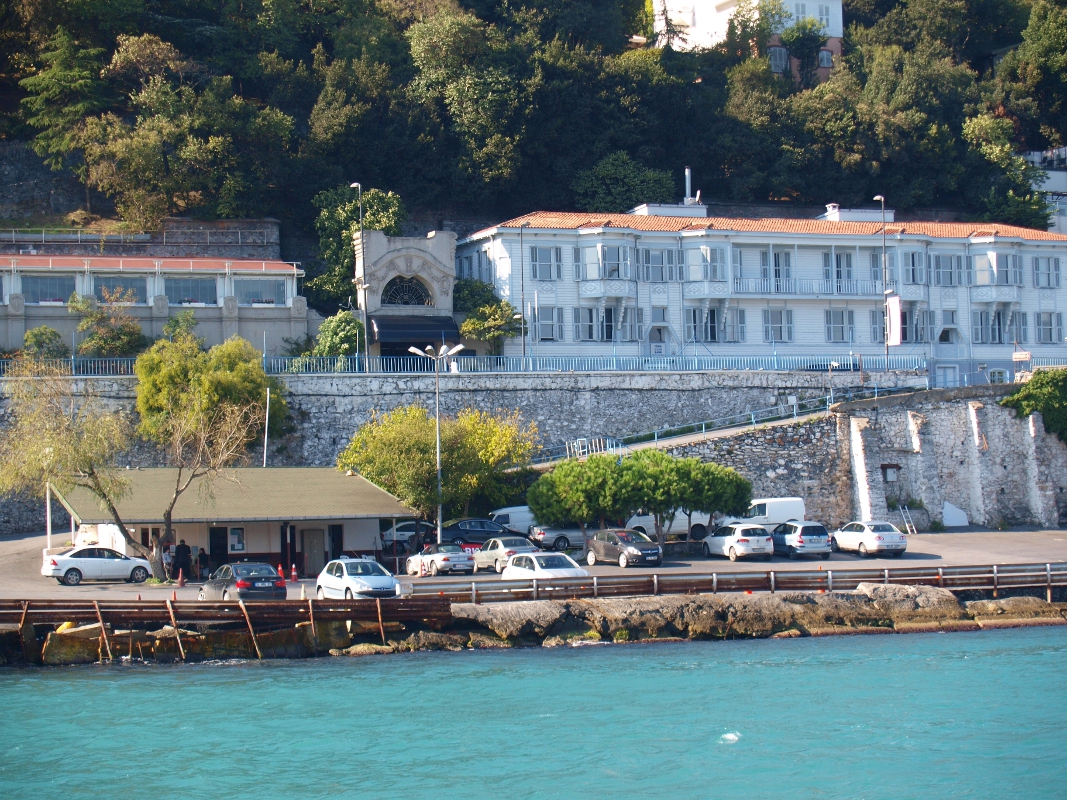
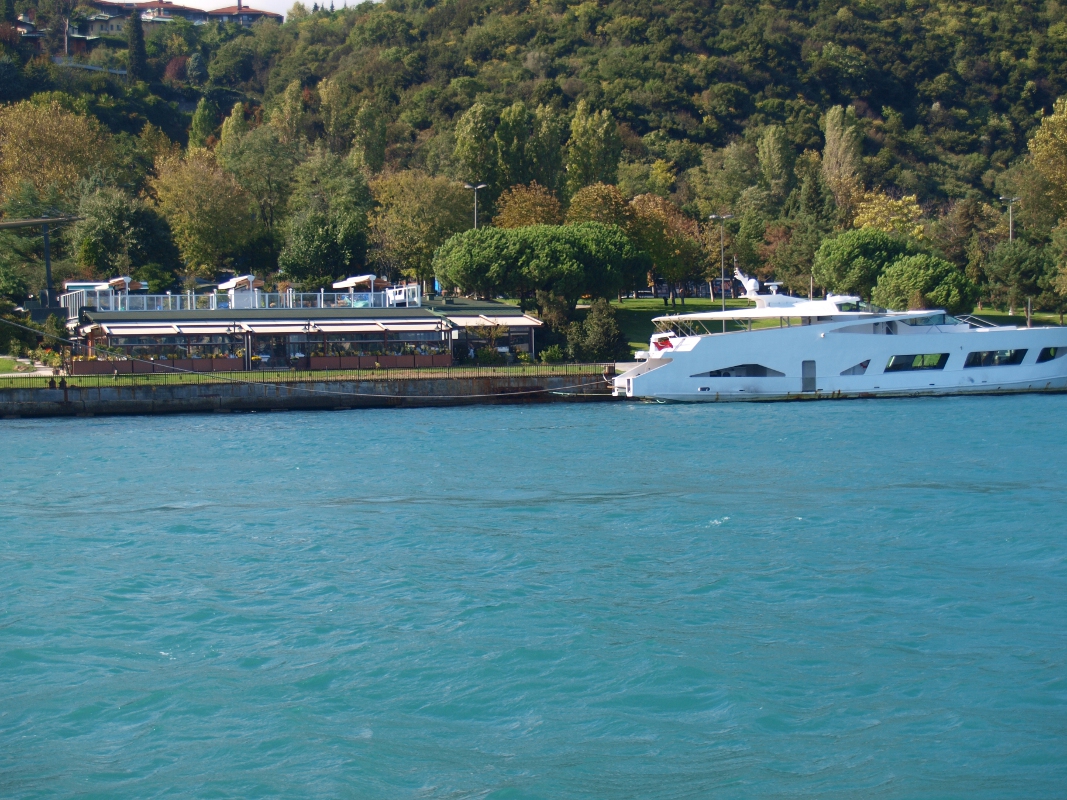
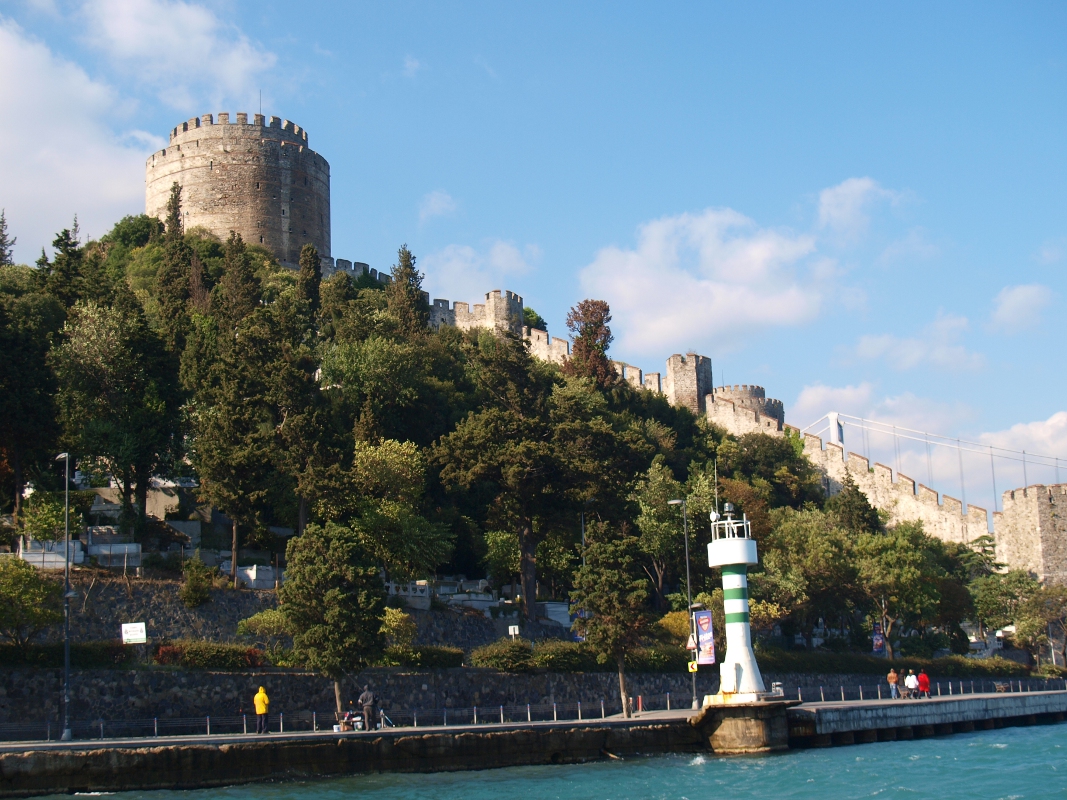
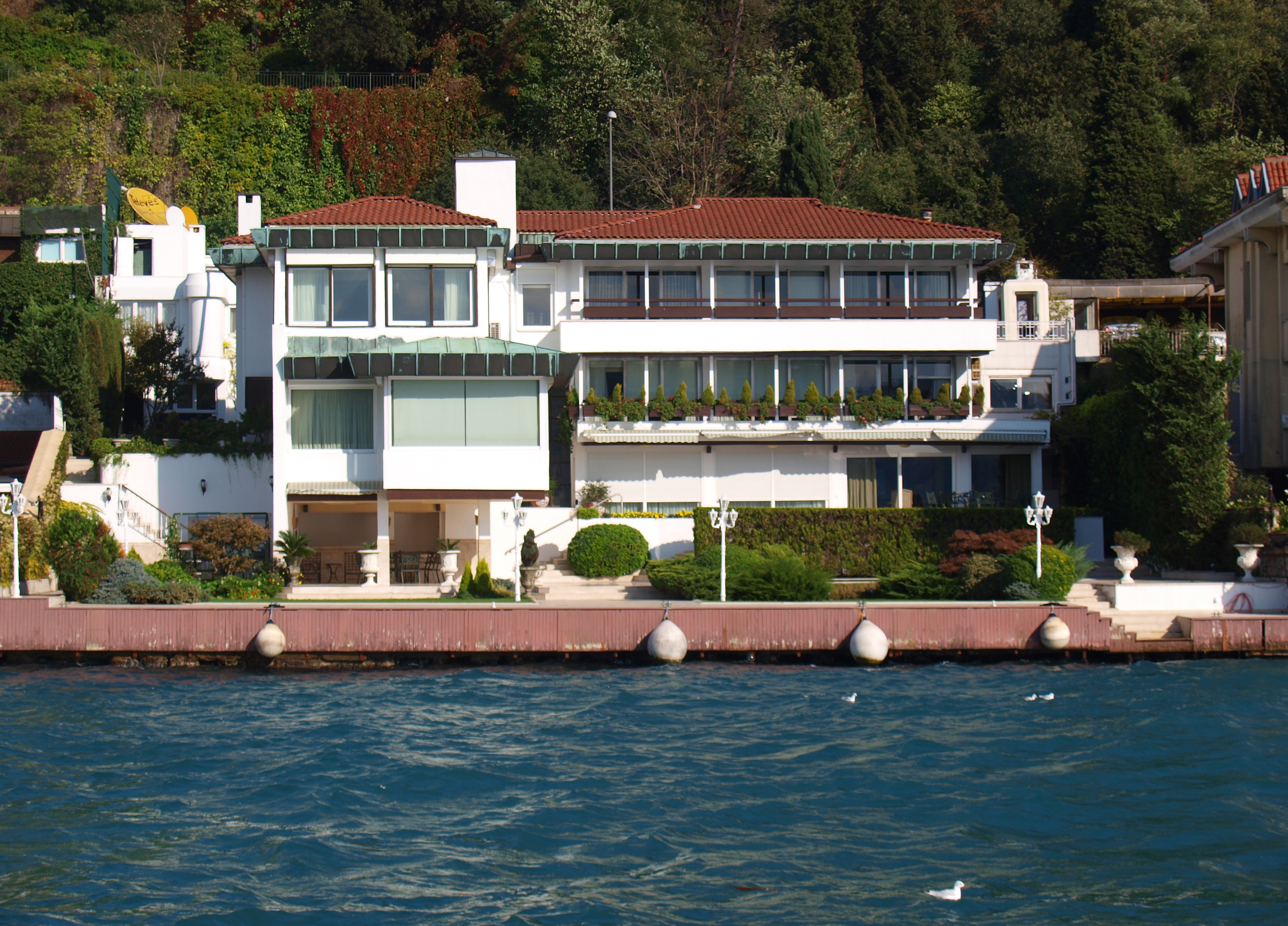
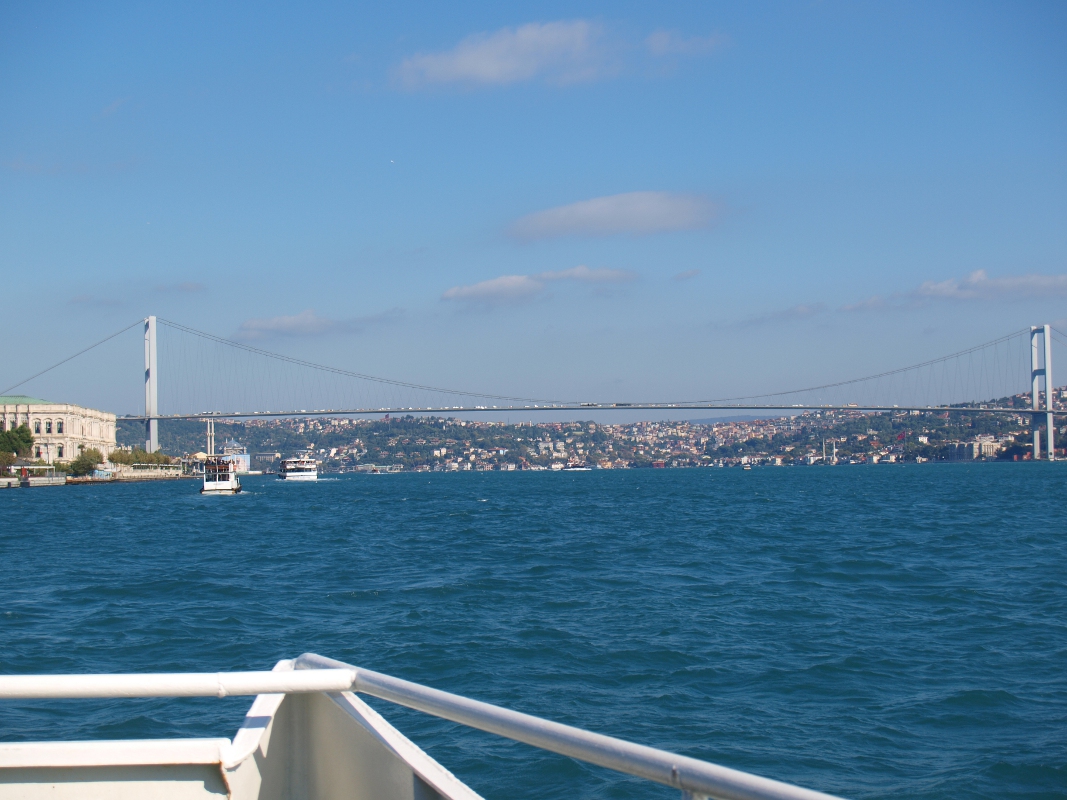
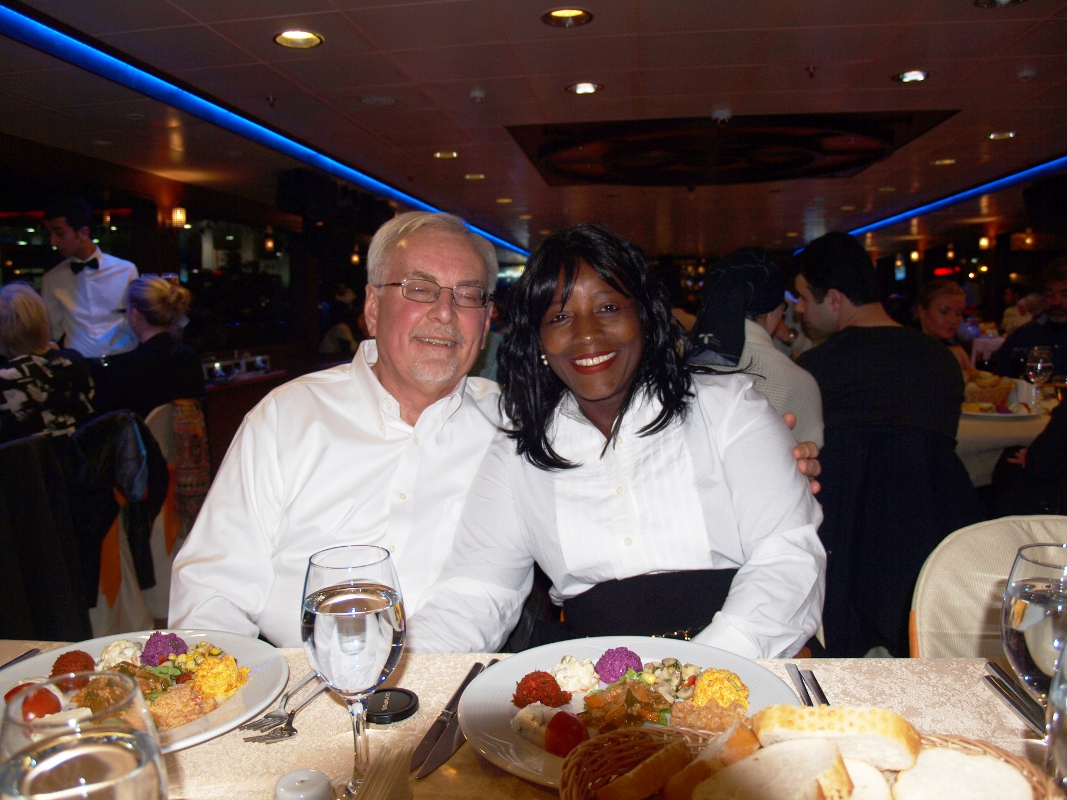
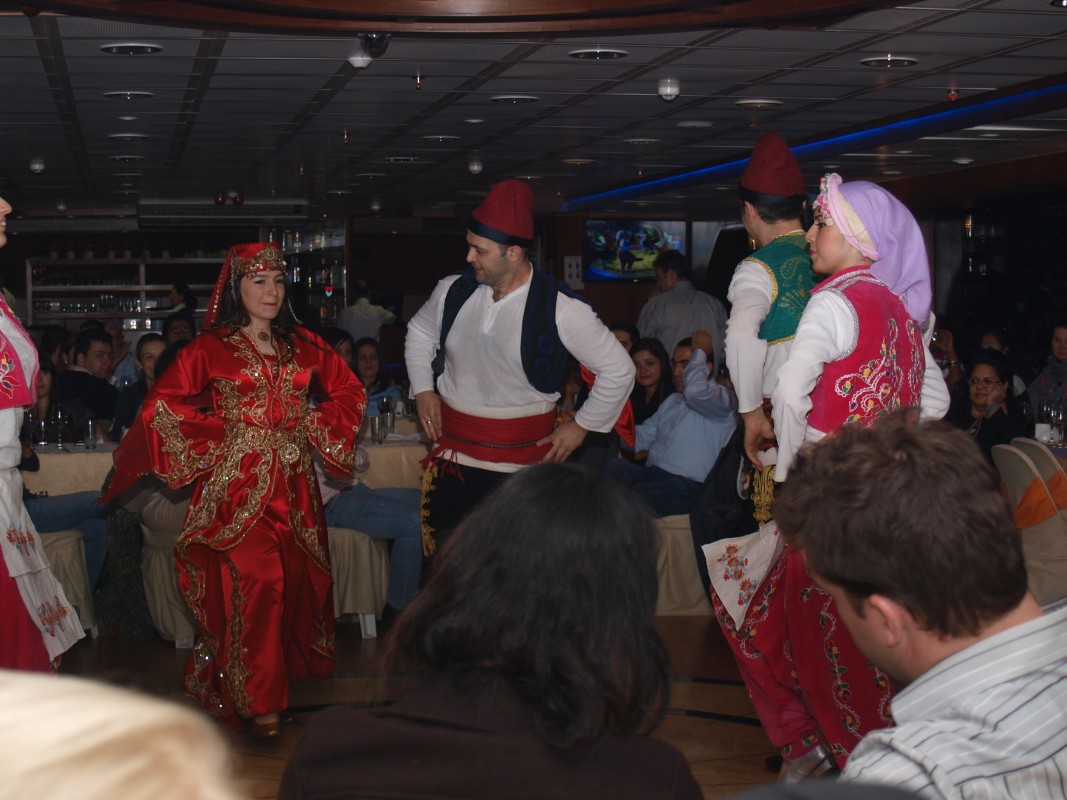
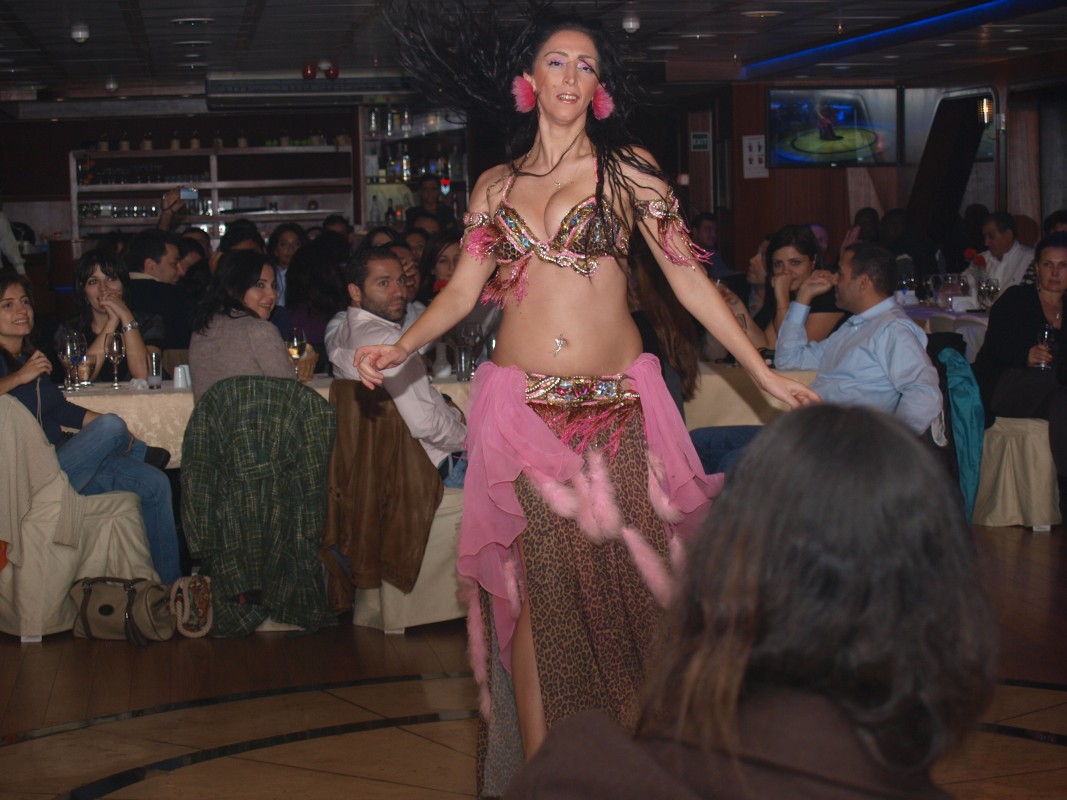
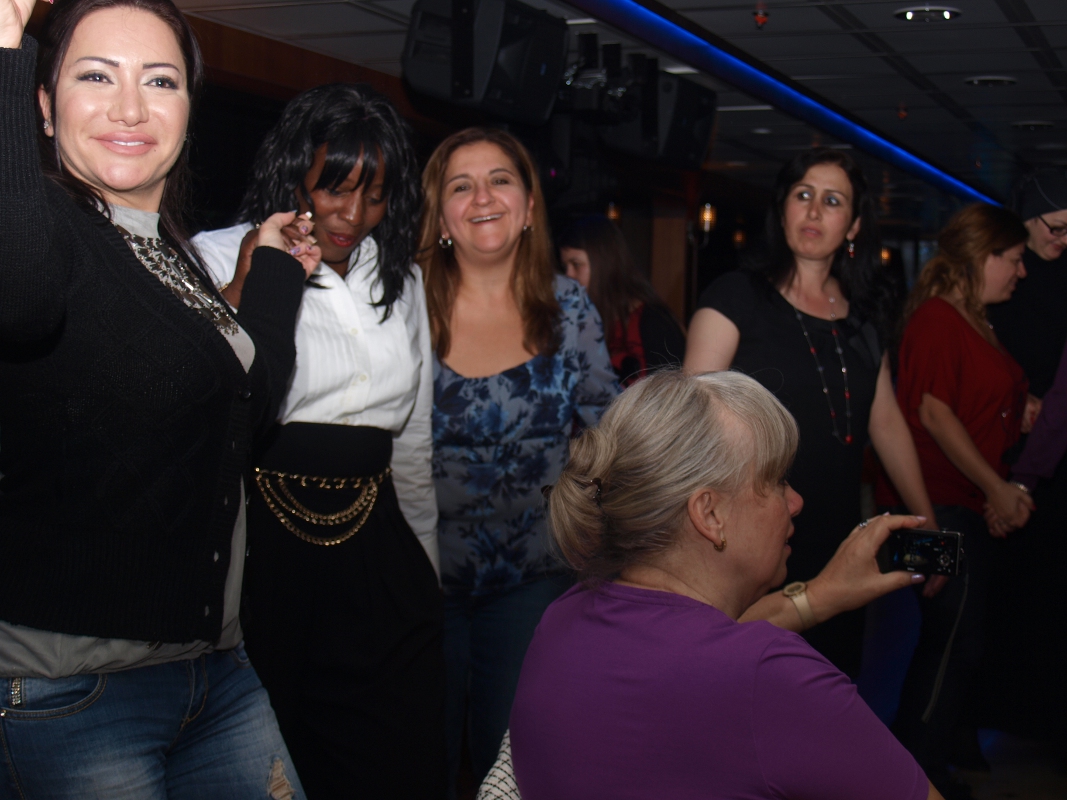
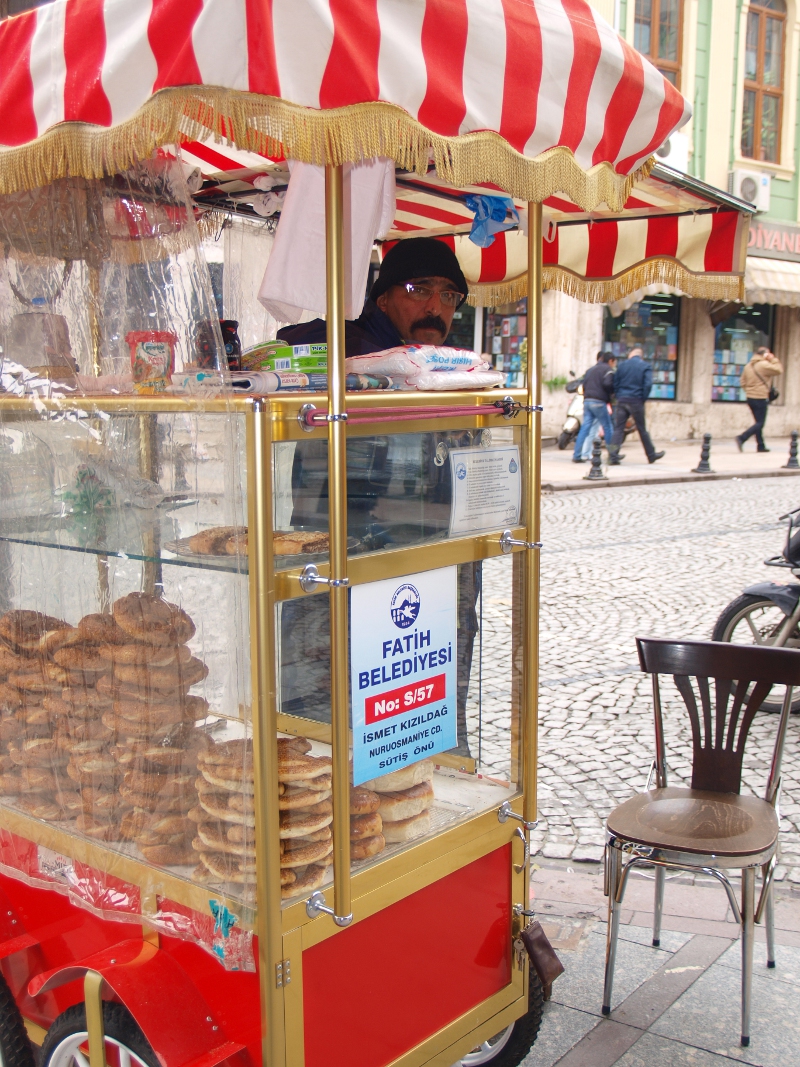
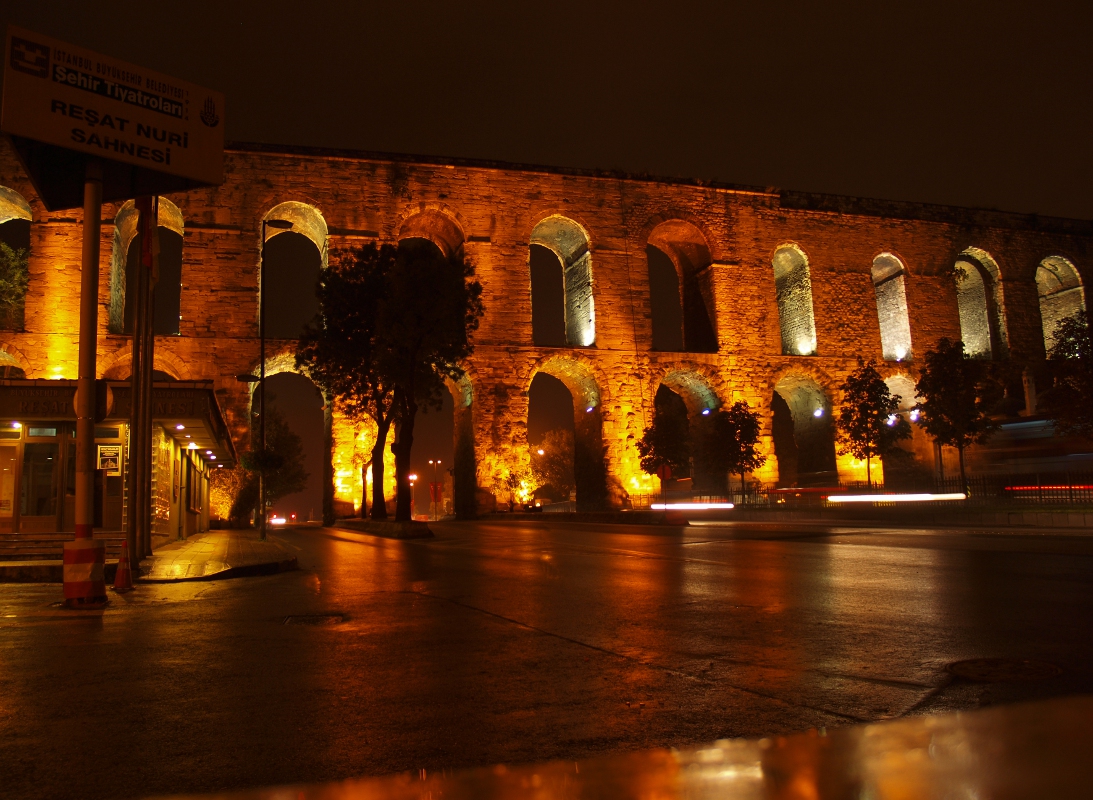
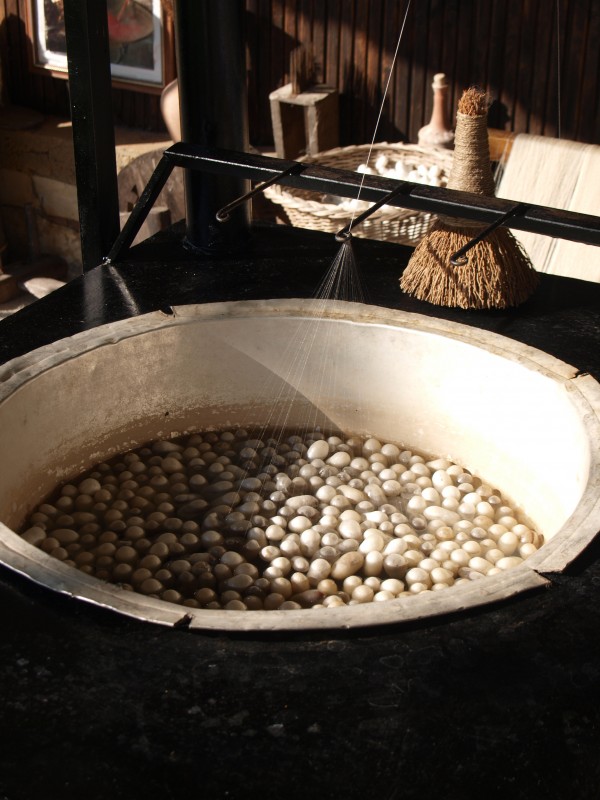
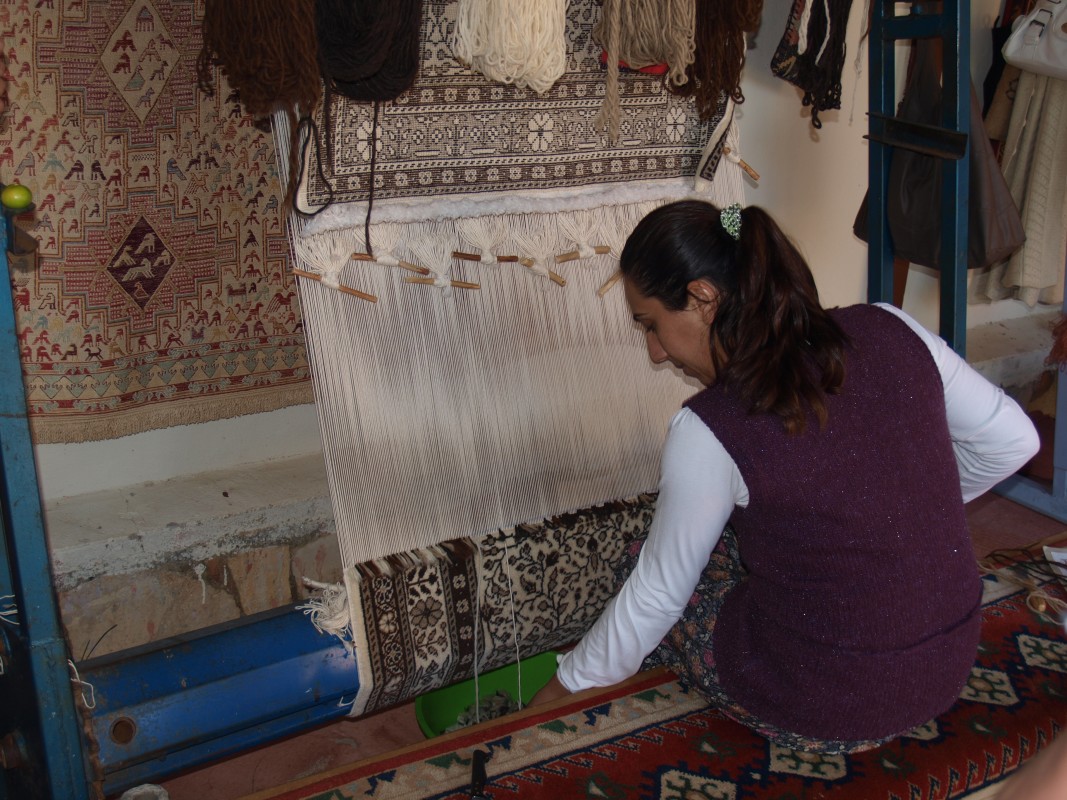
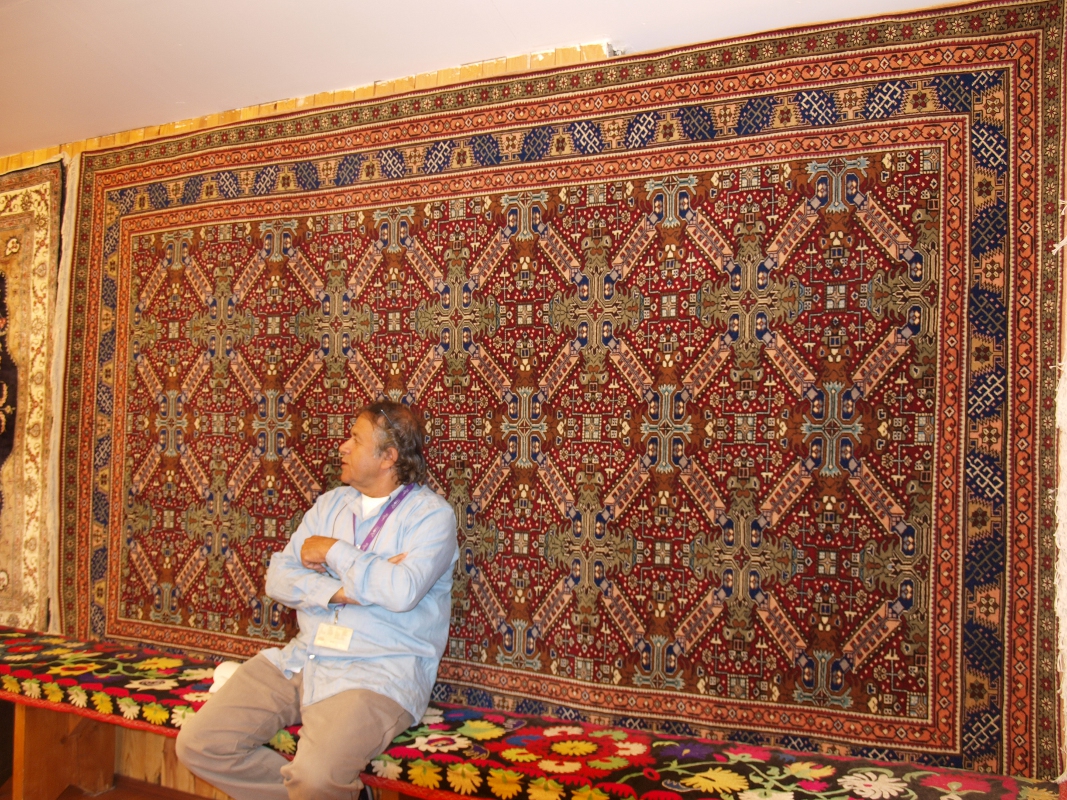
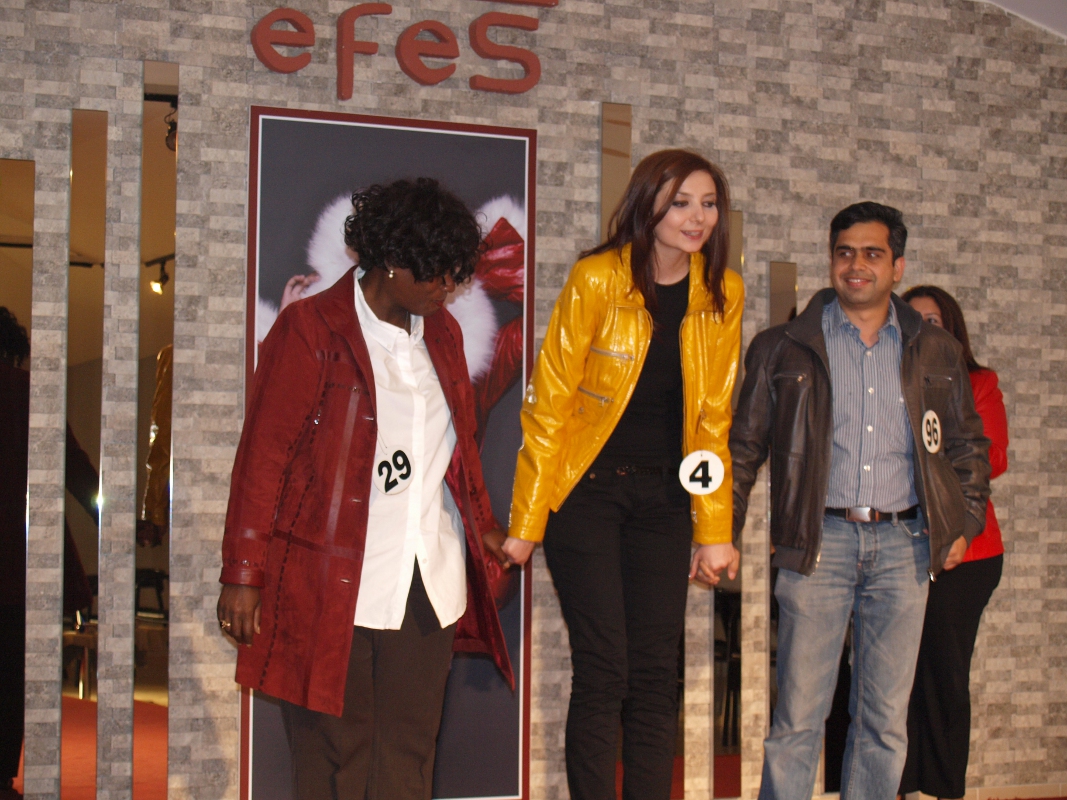
6 Responses